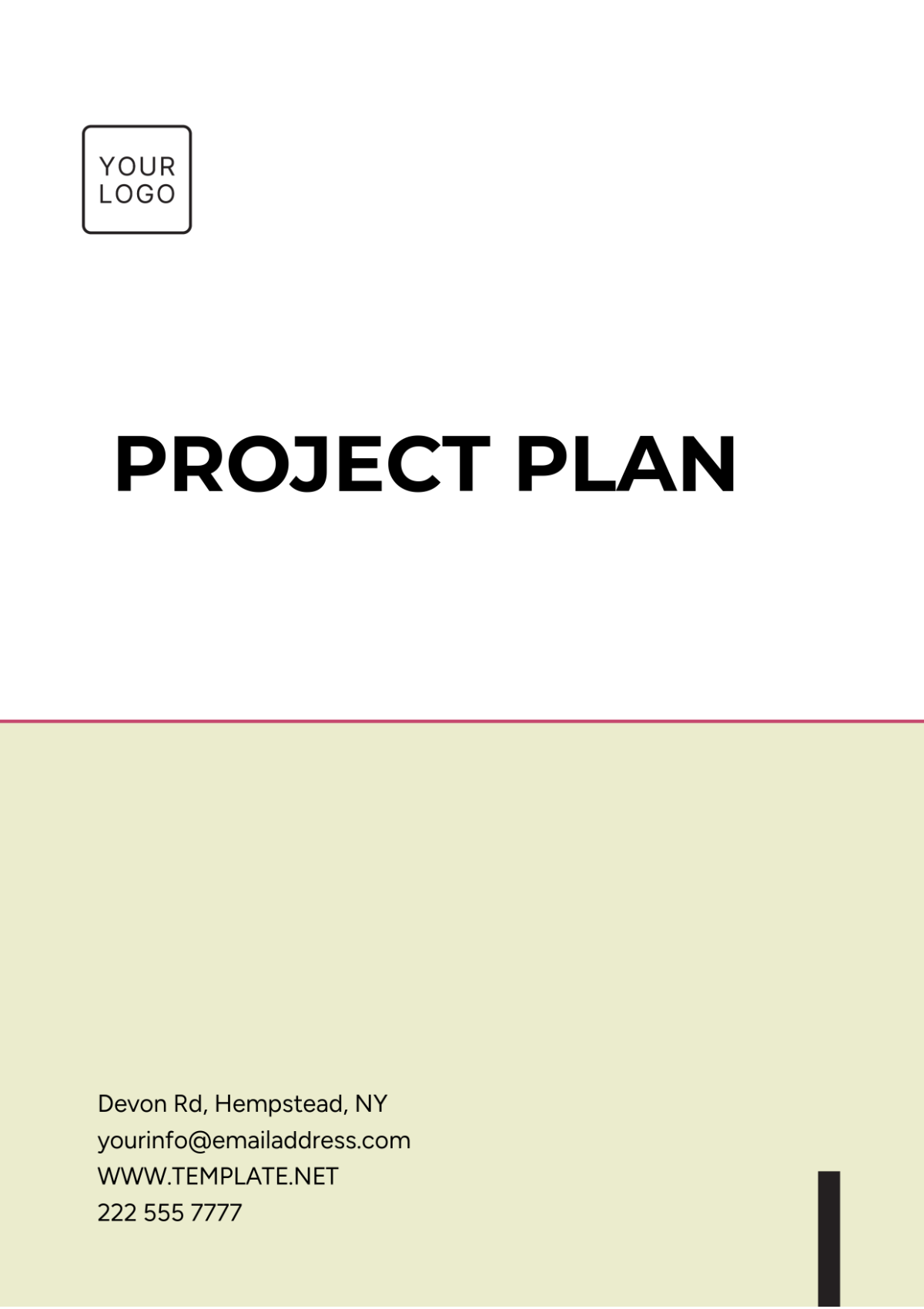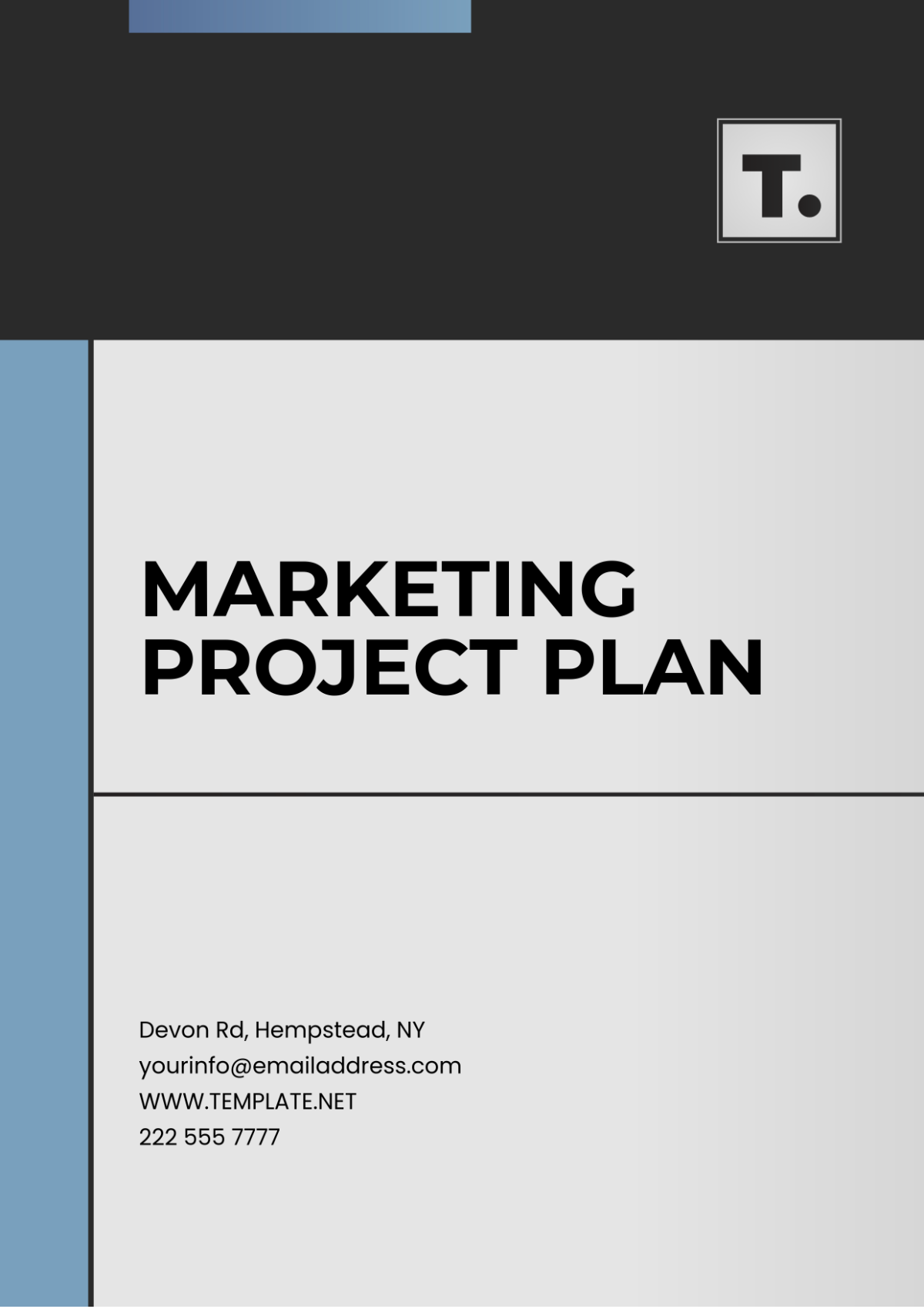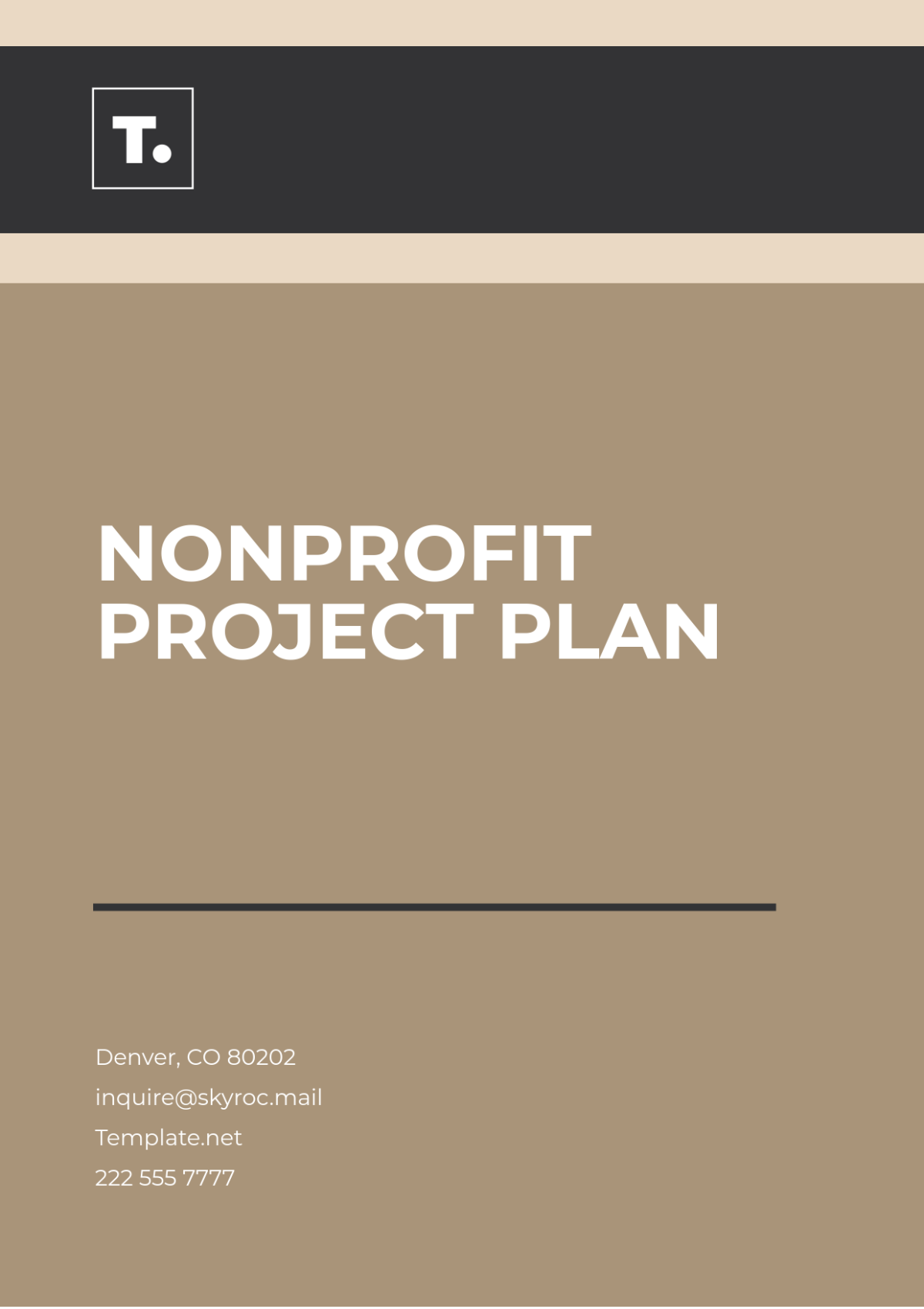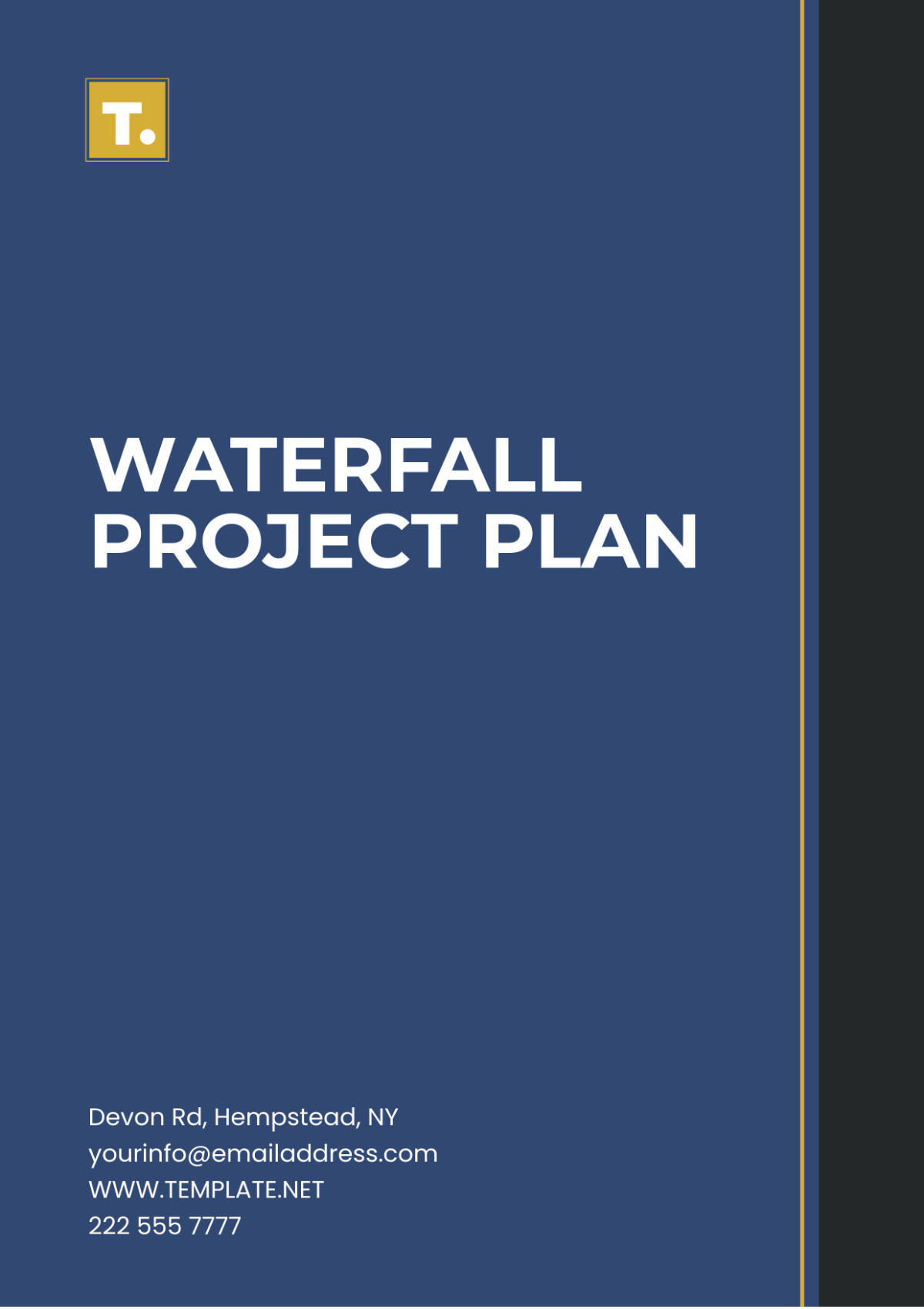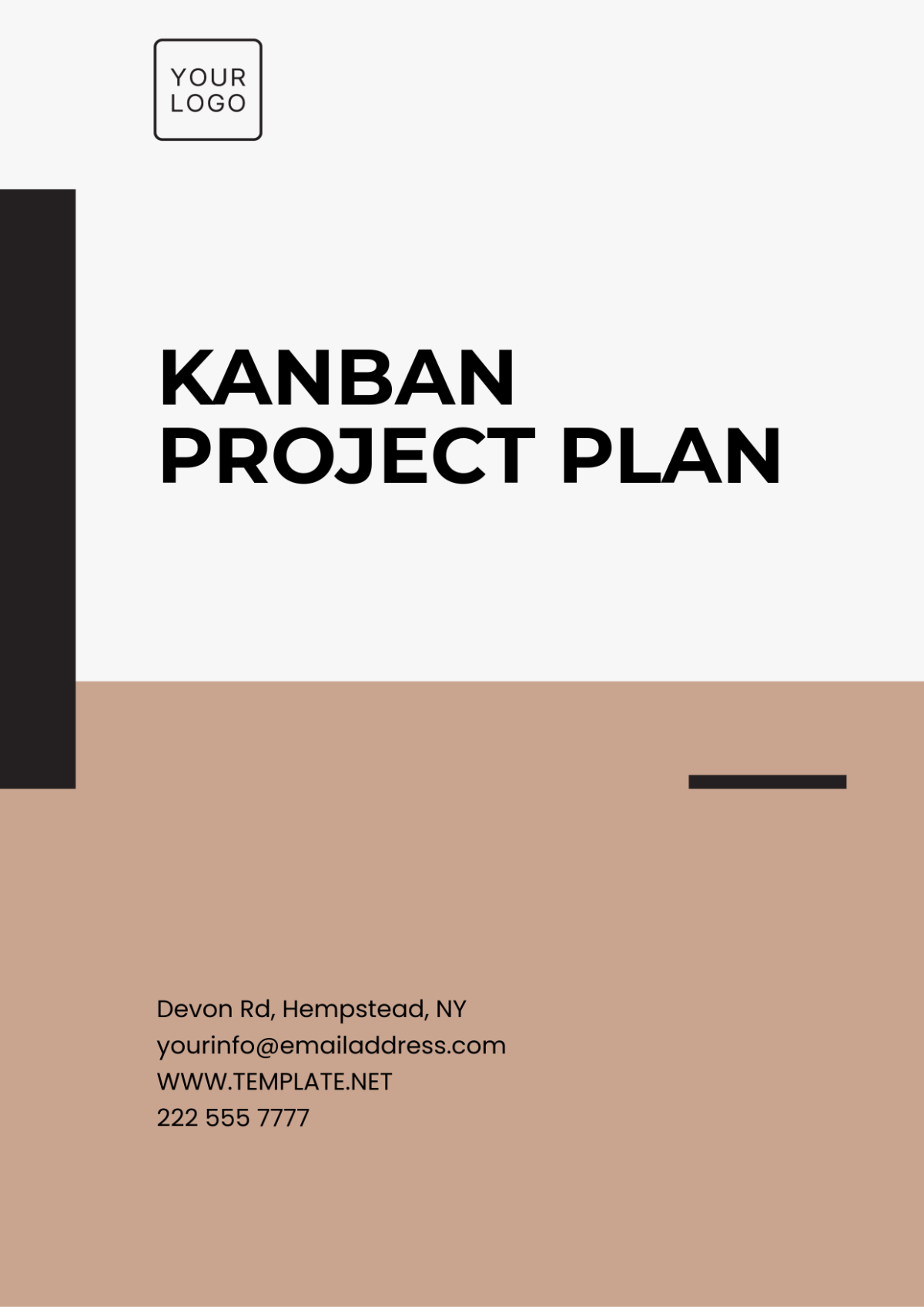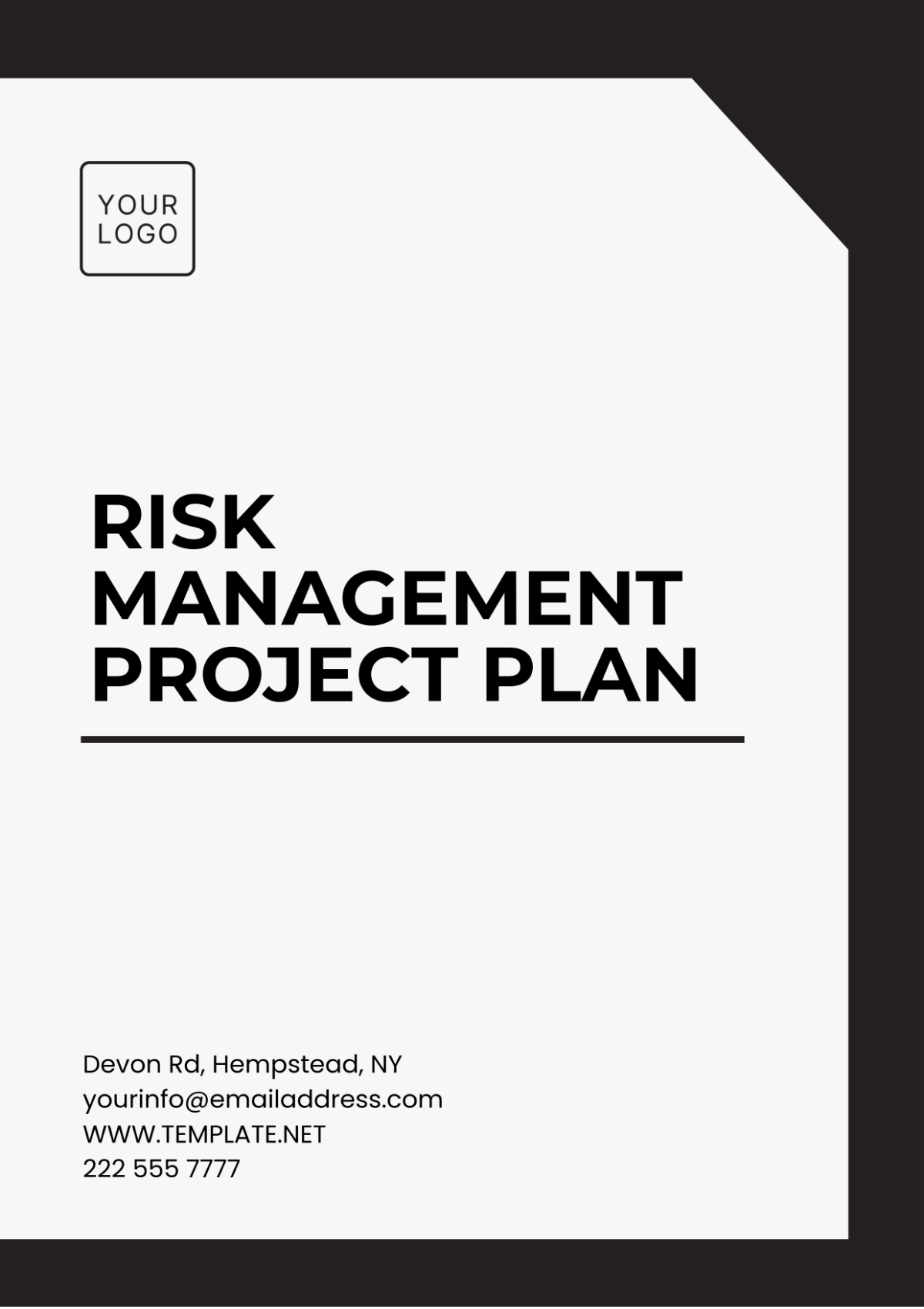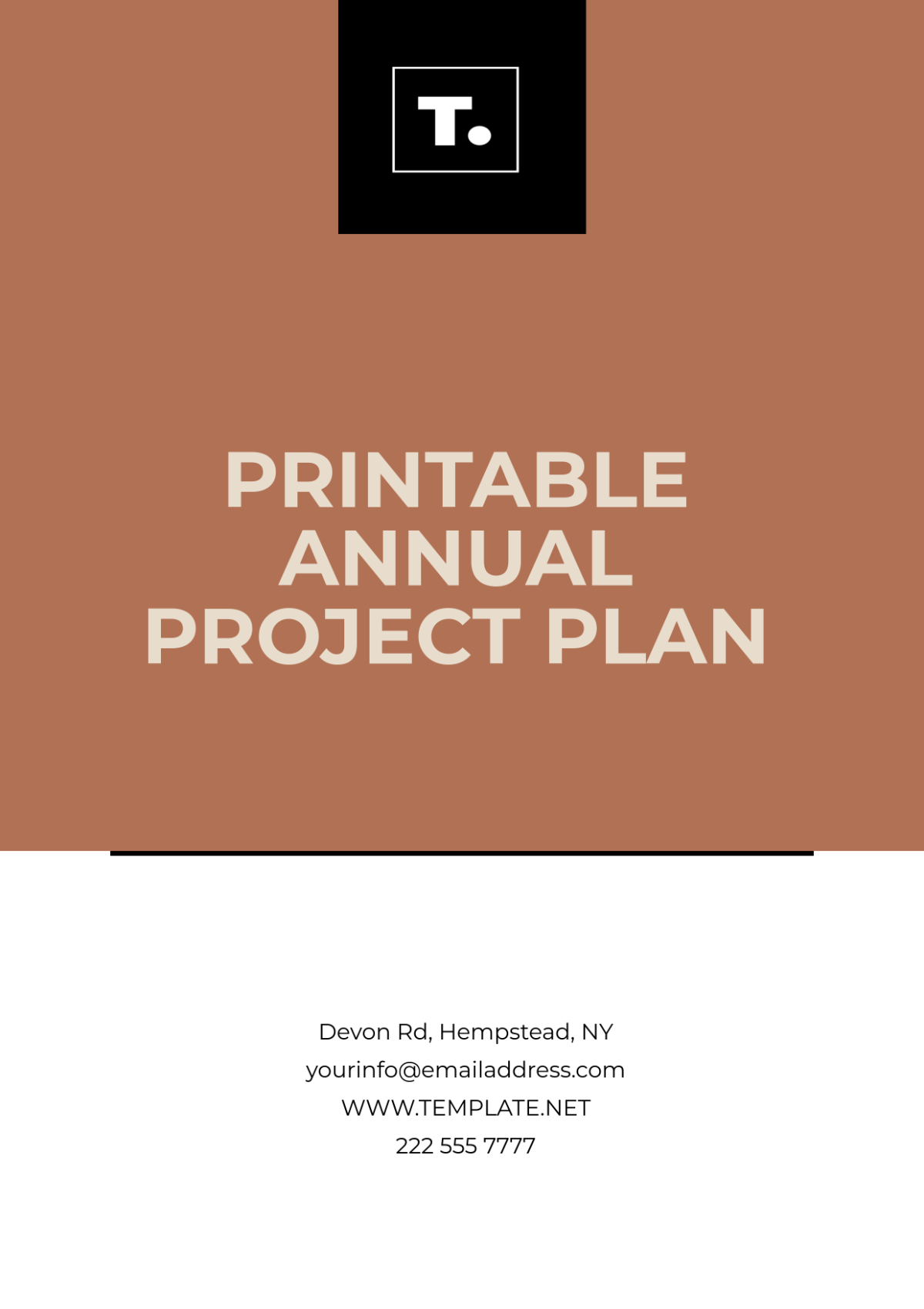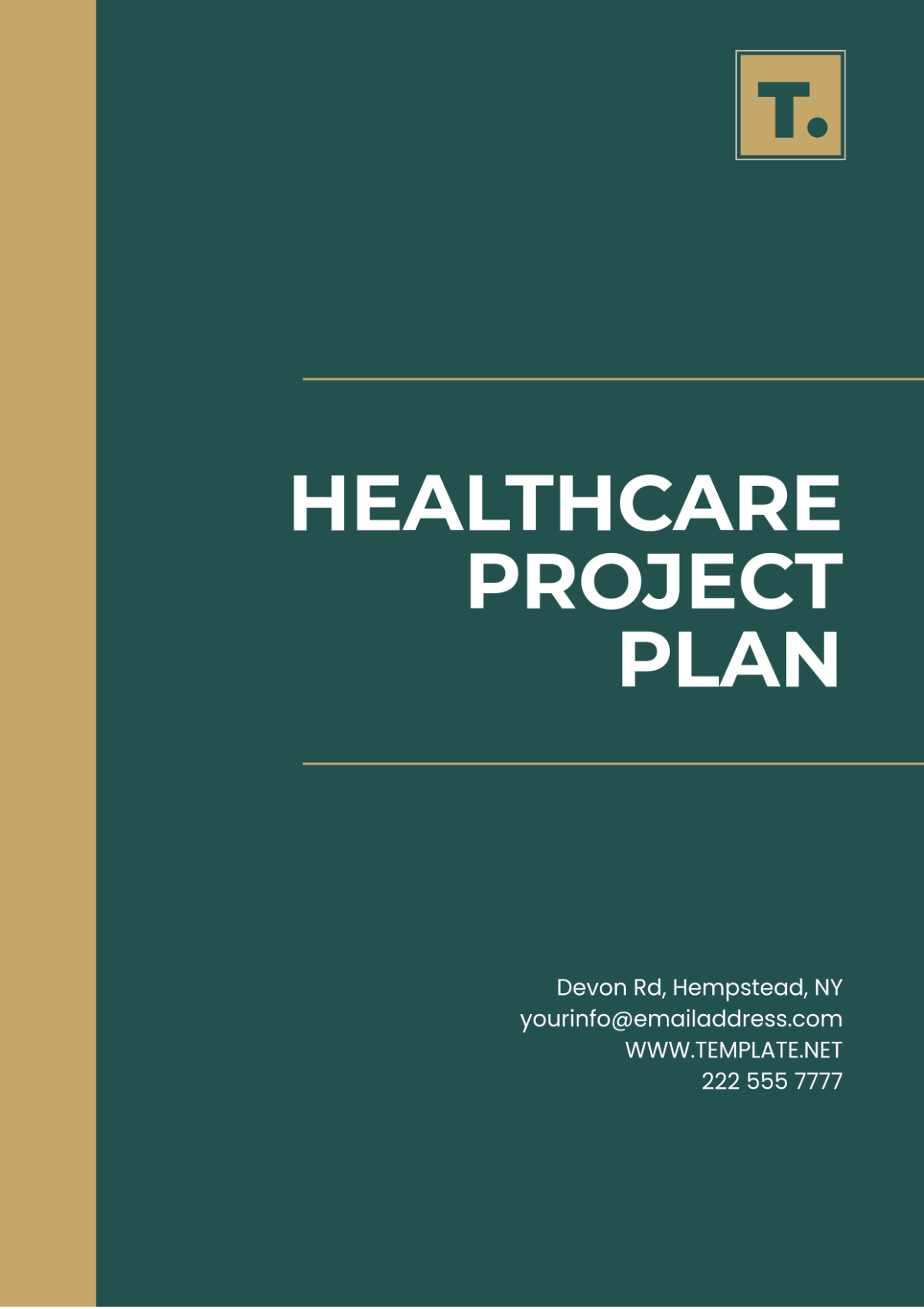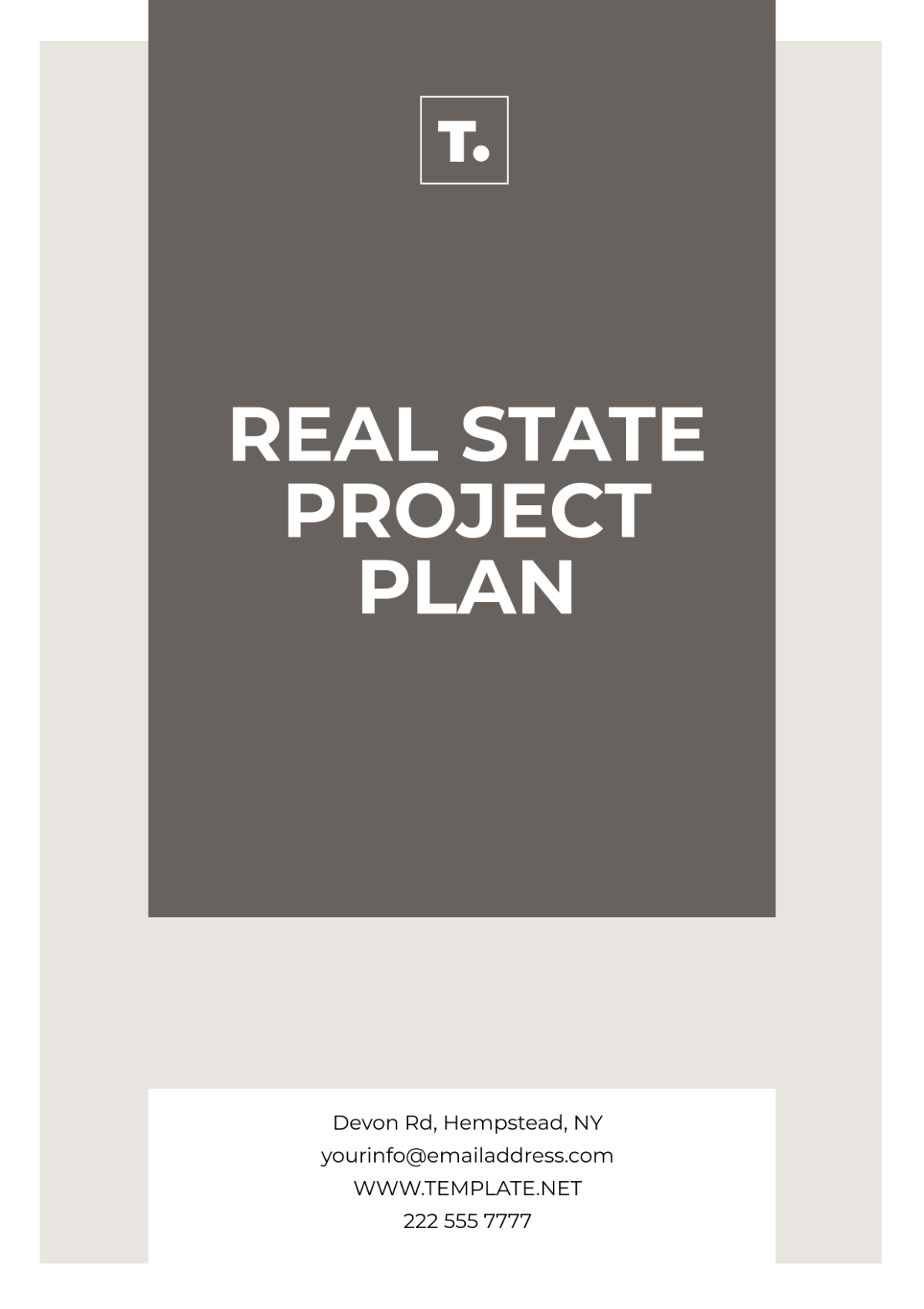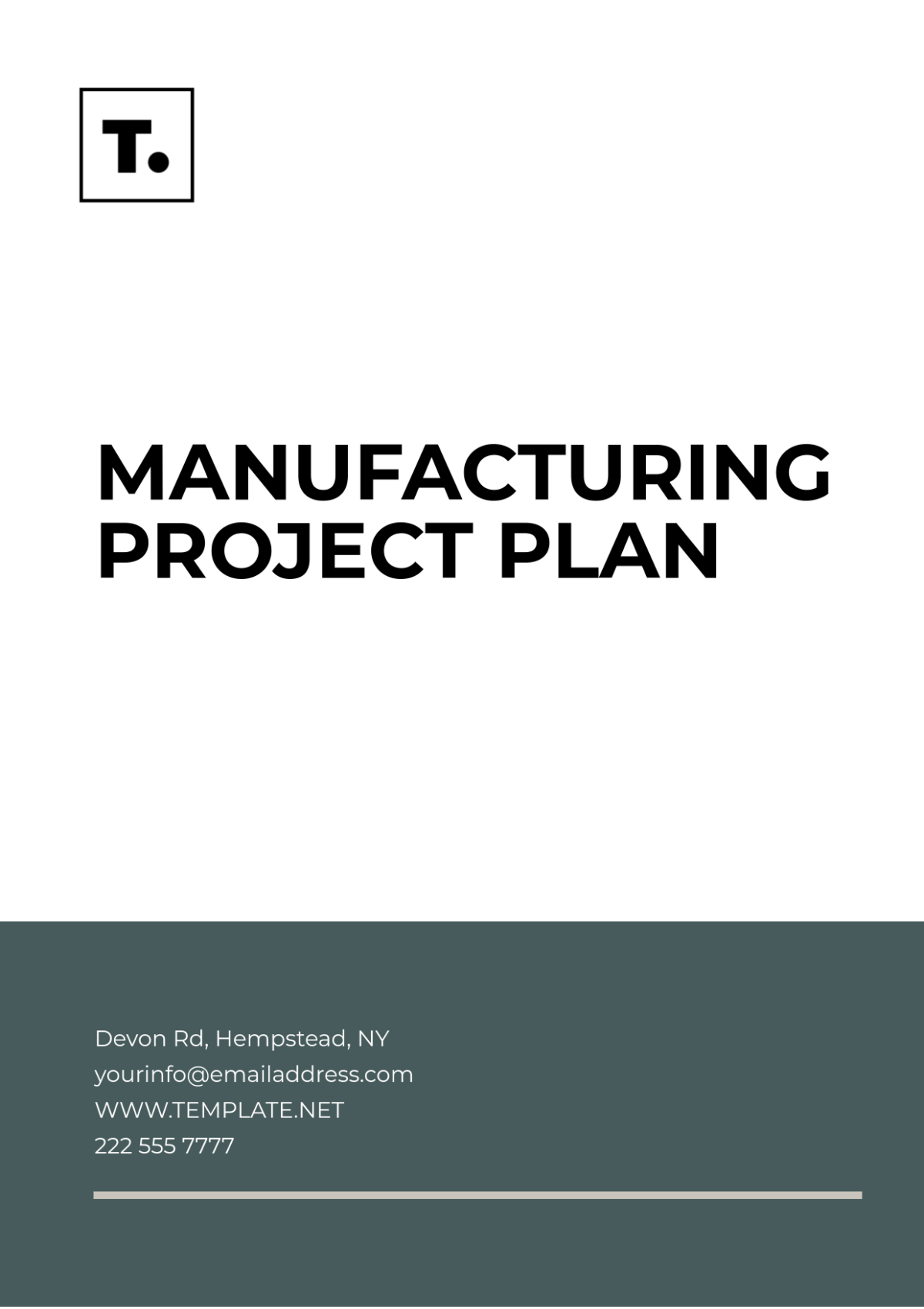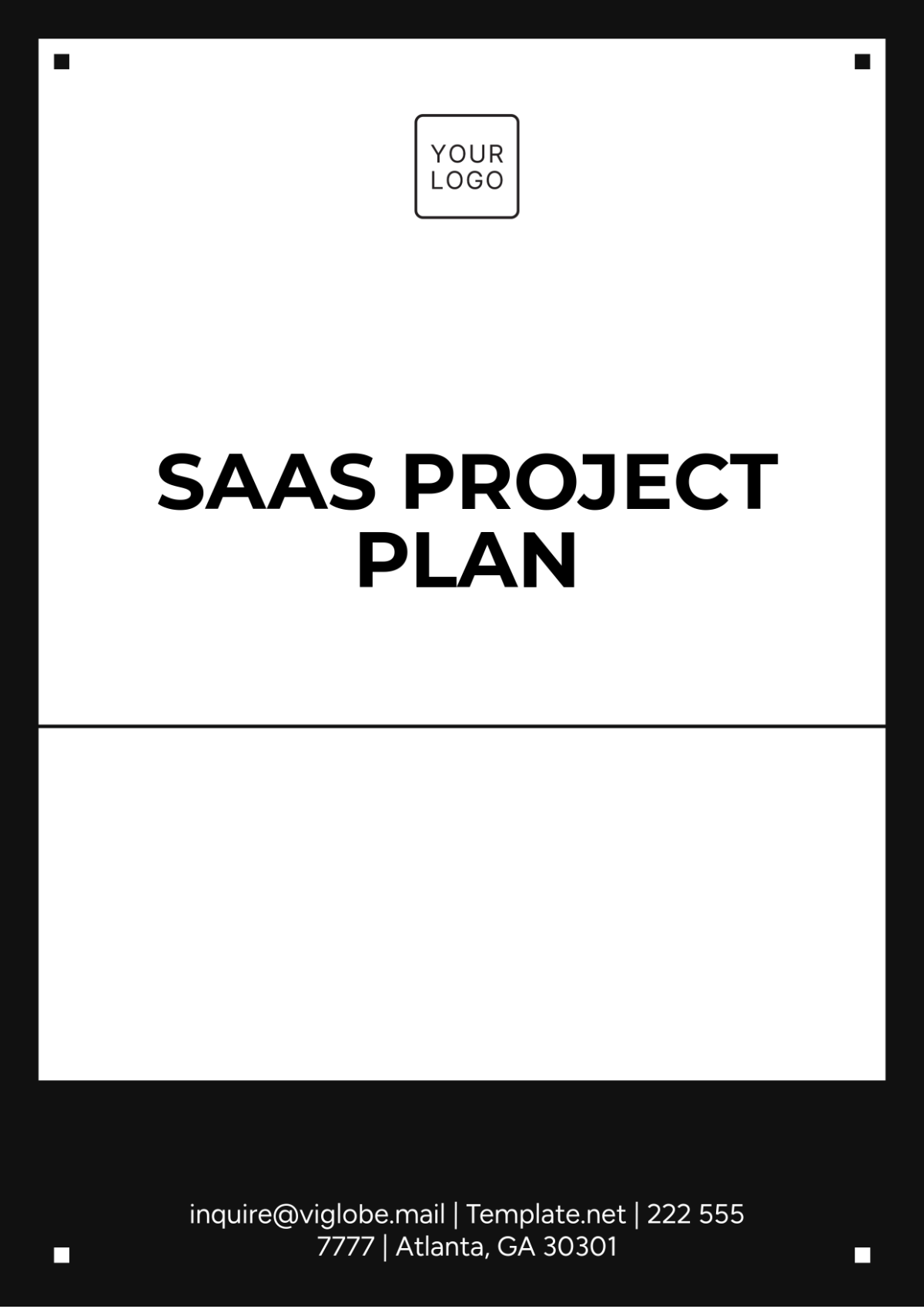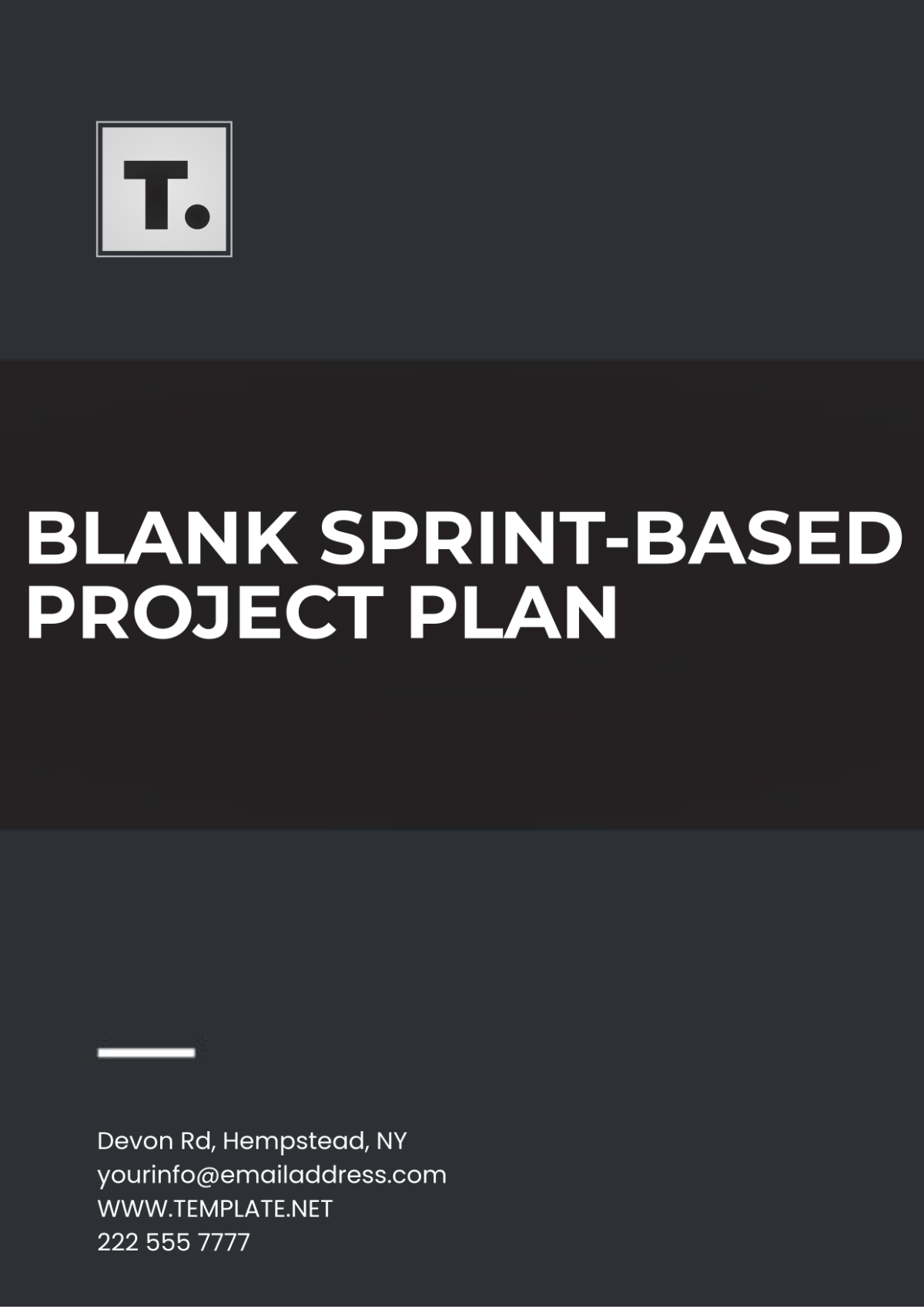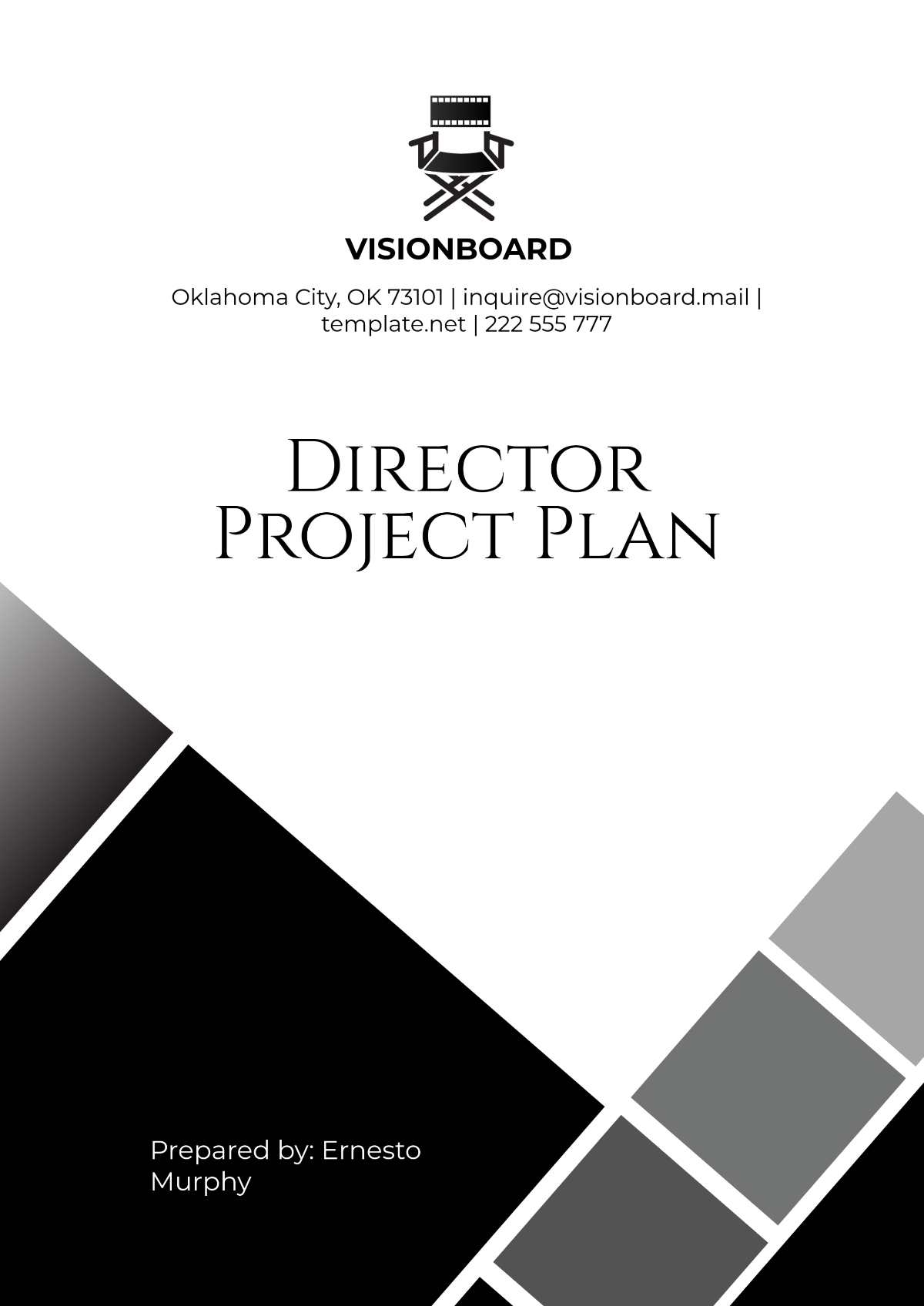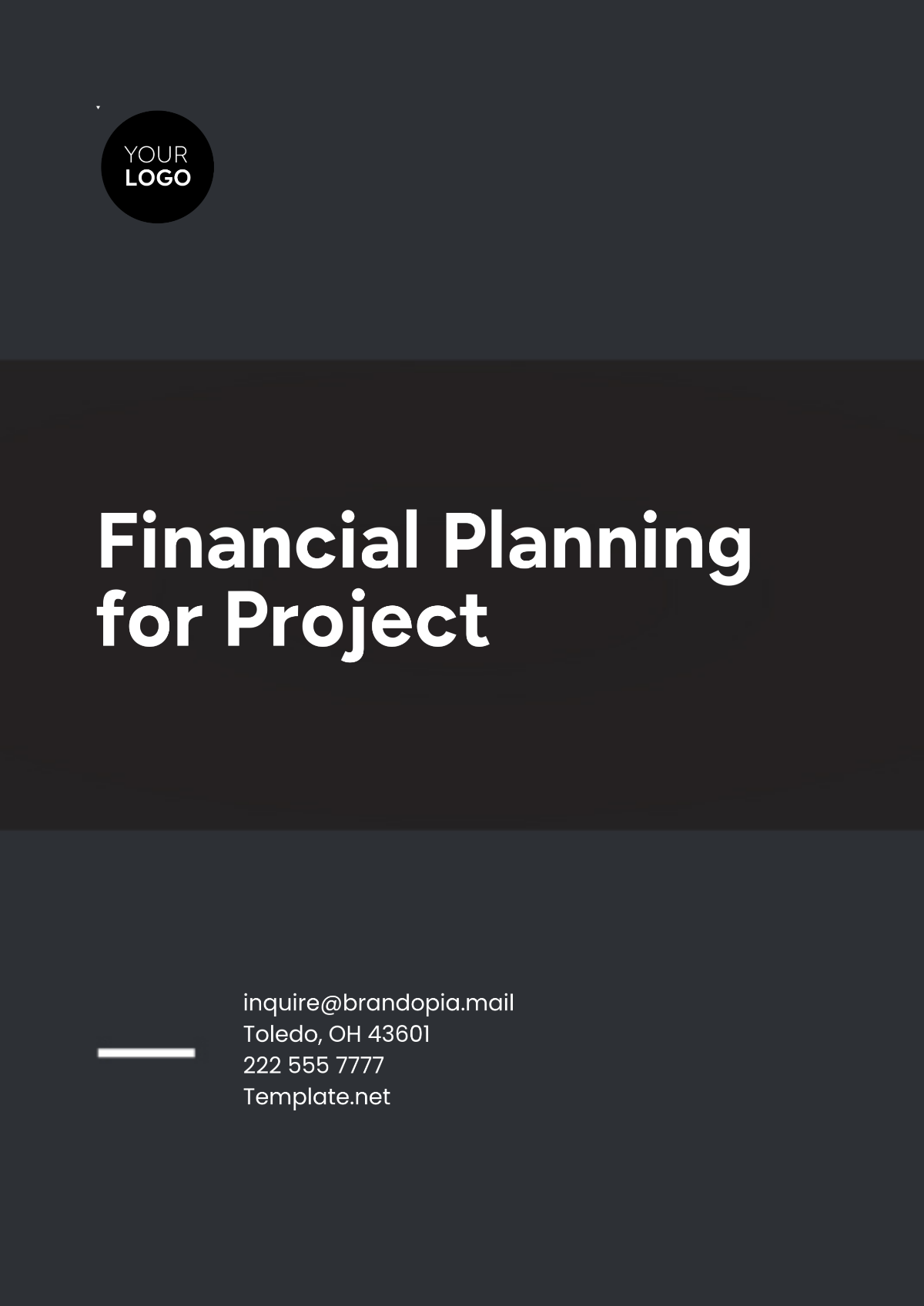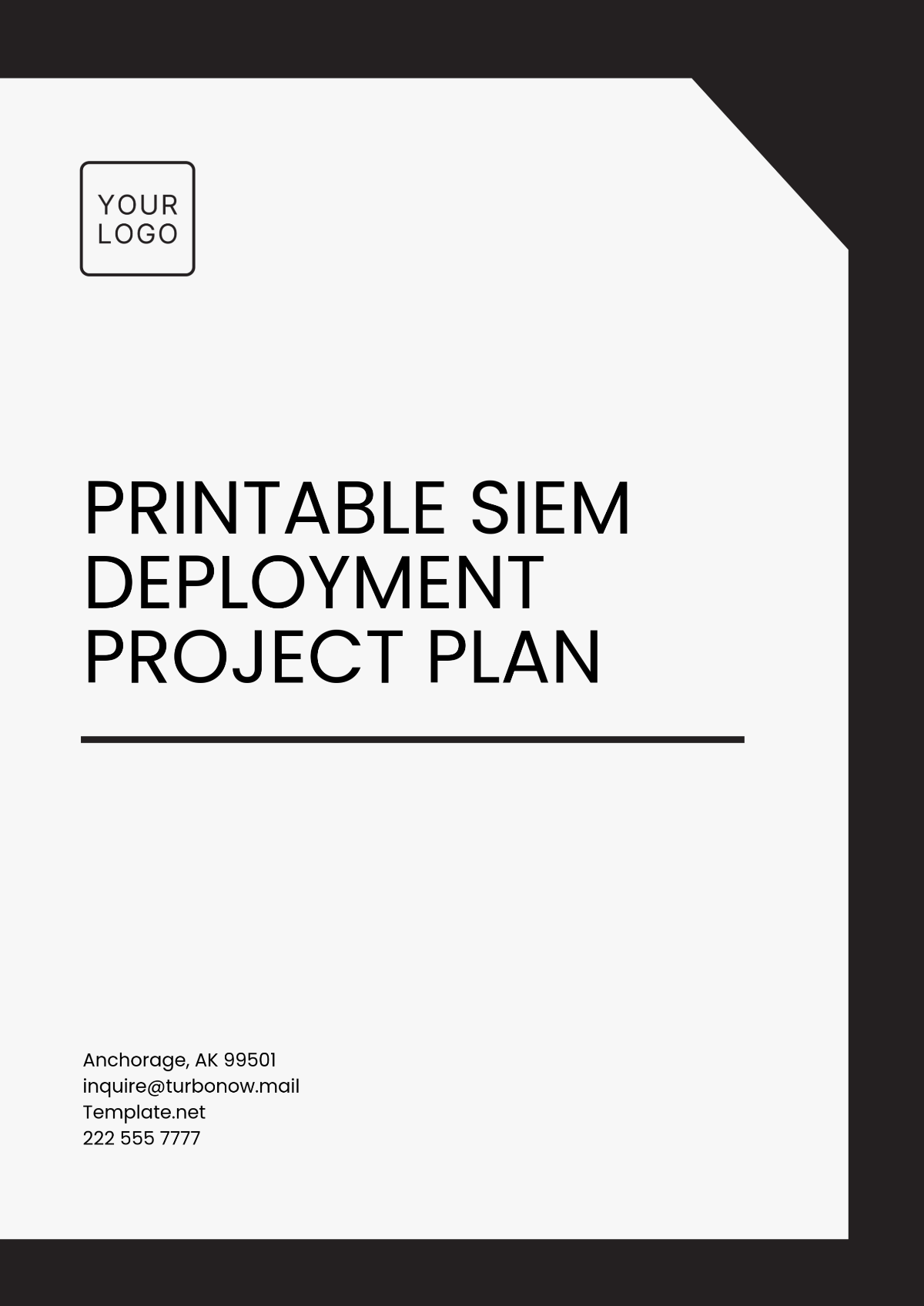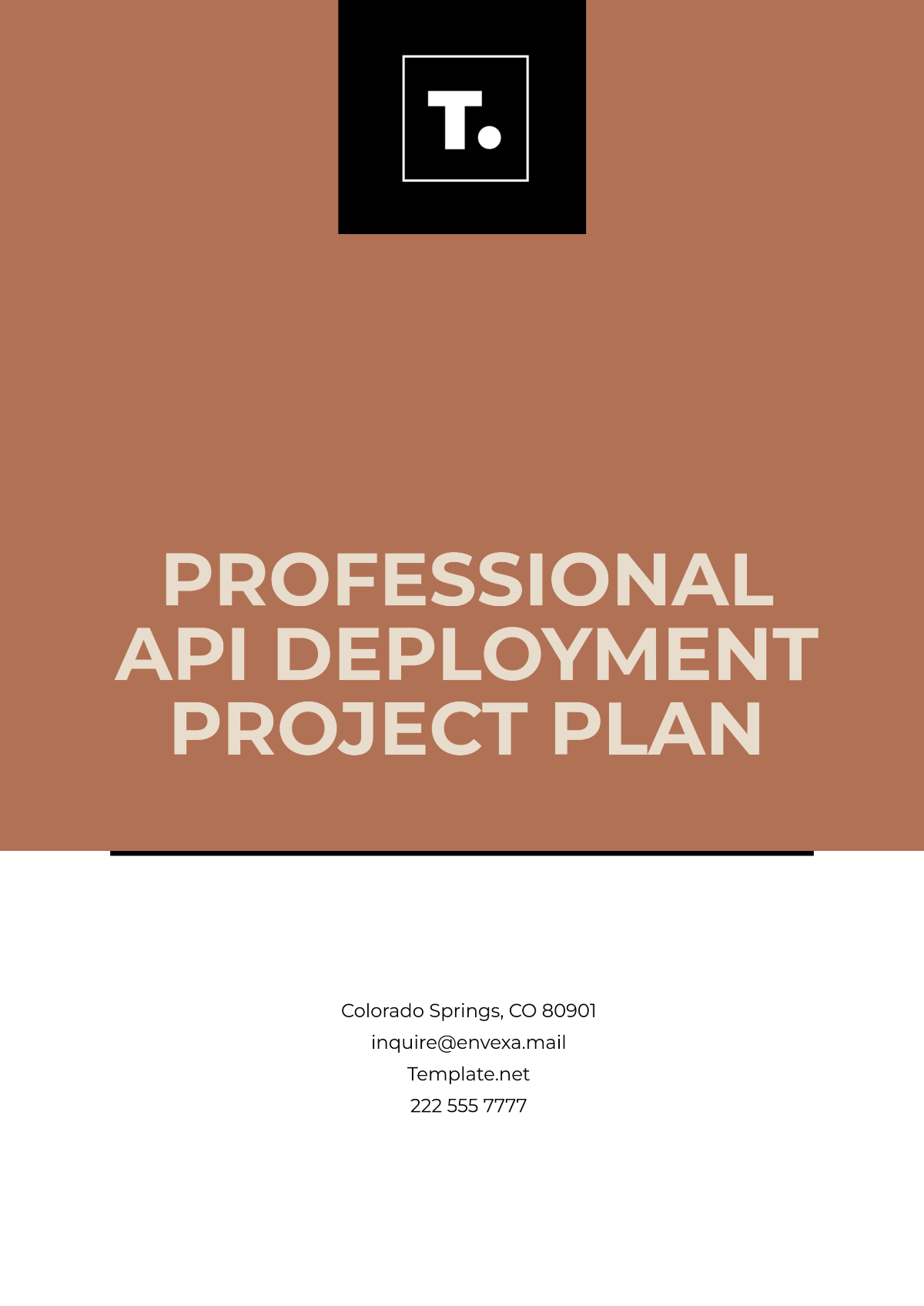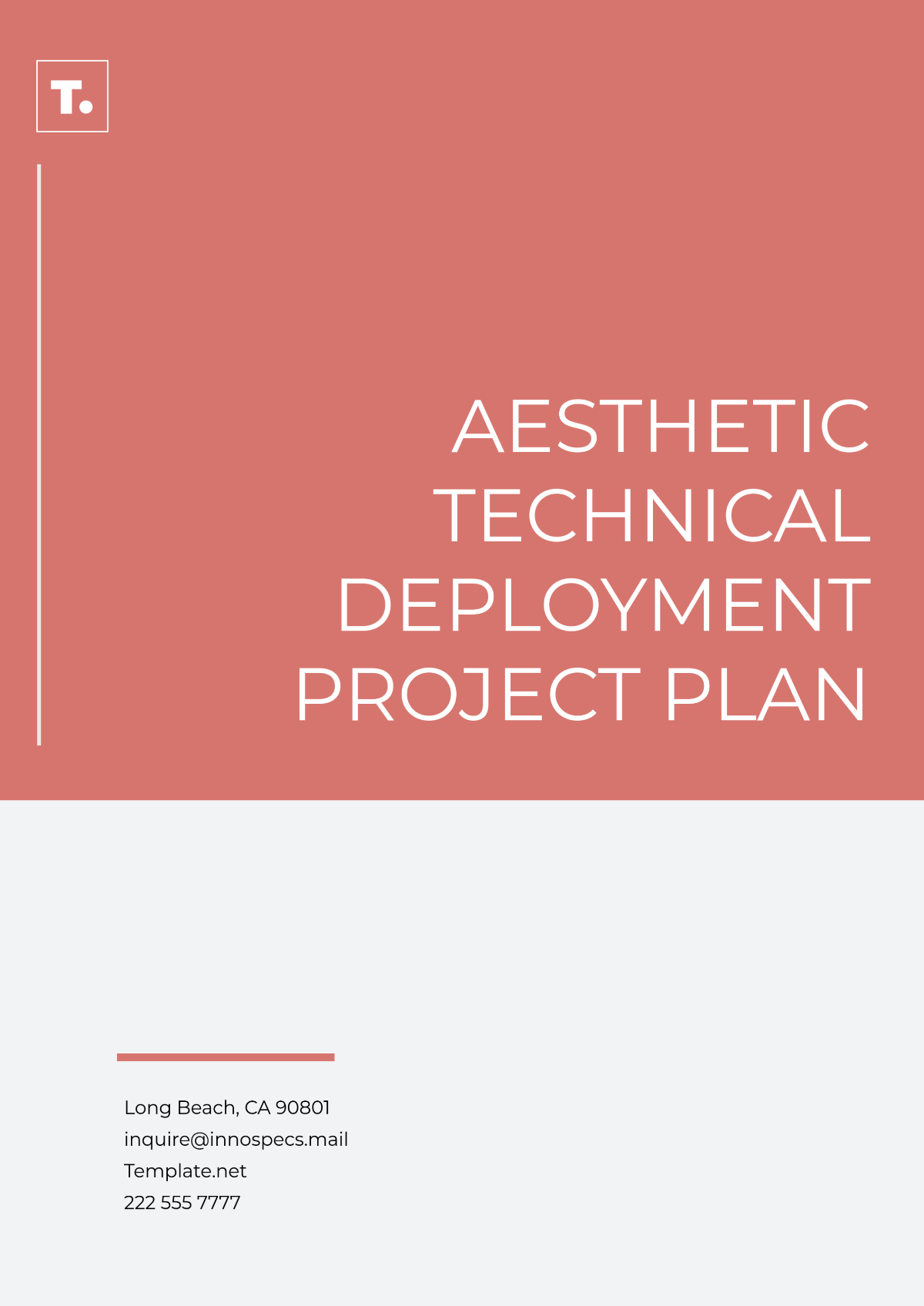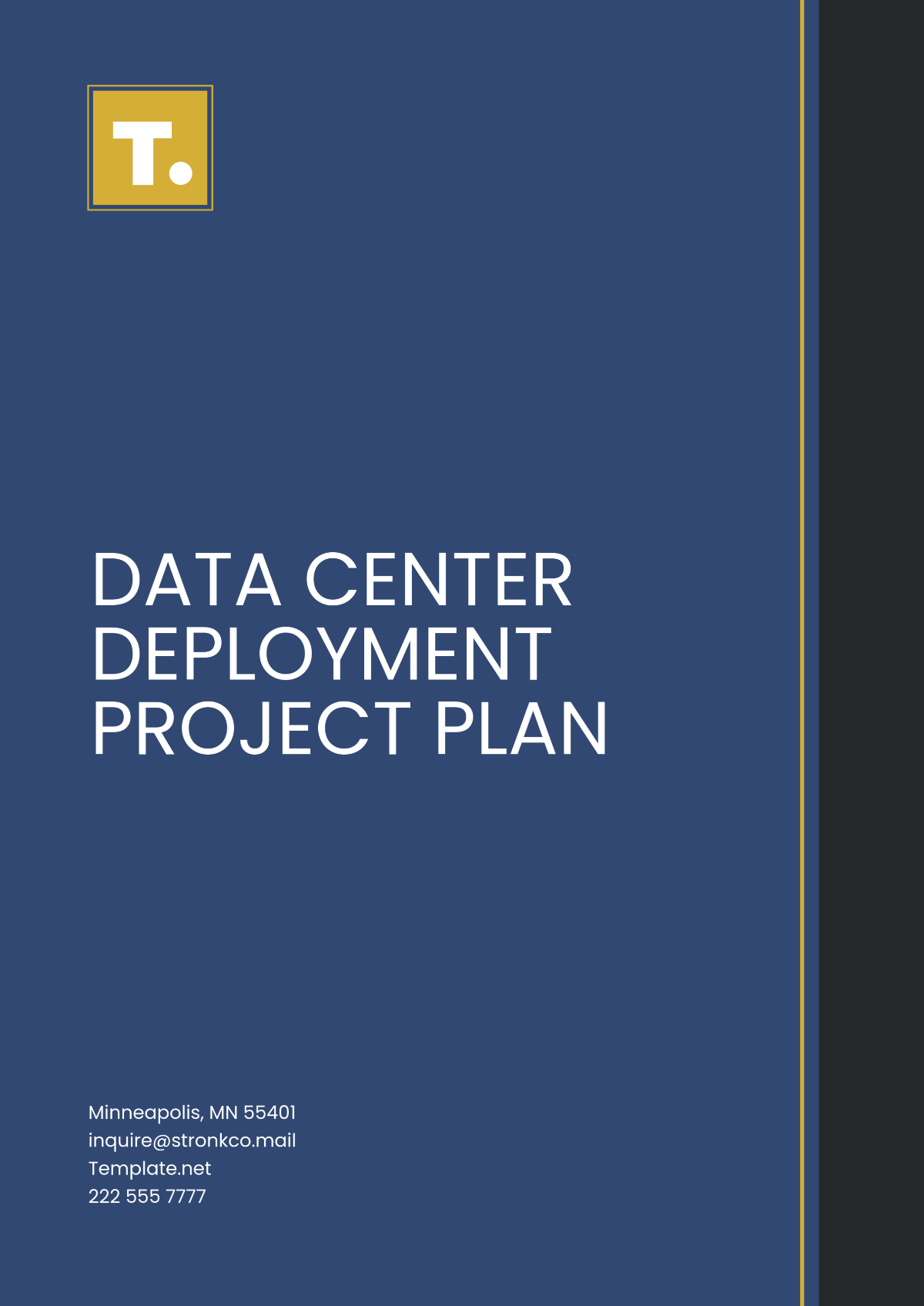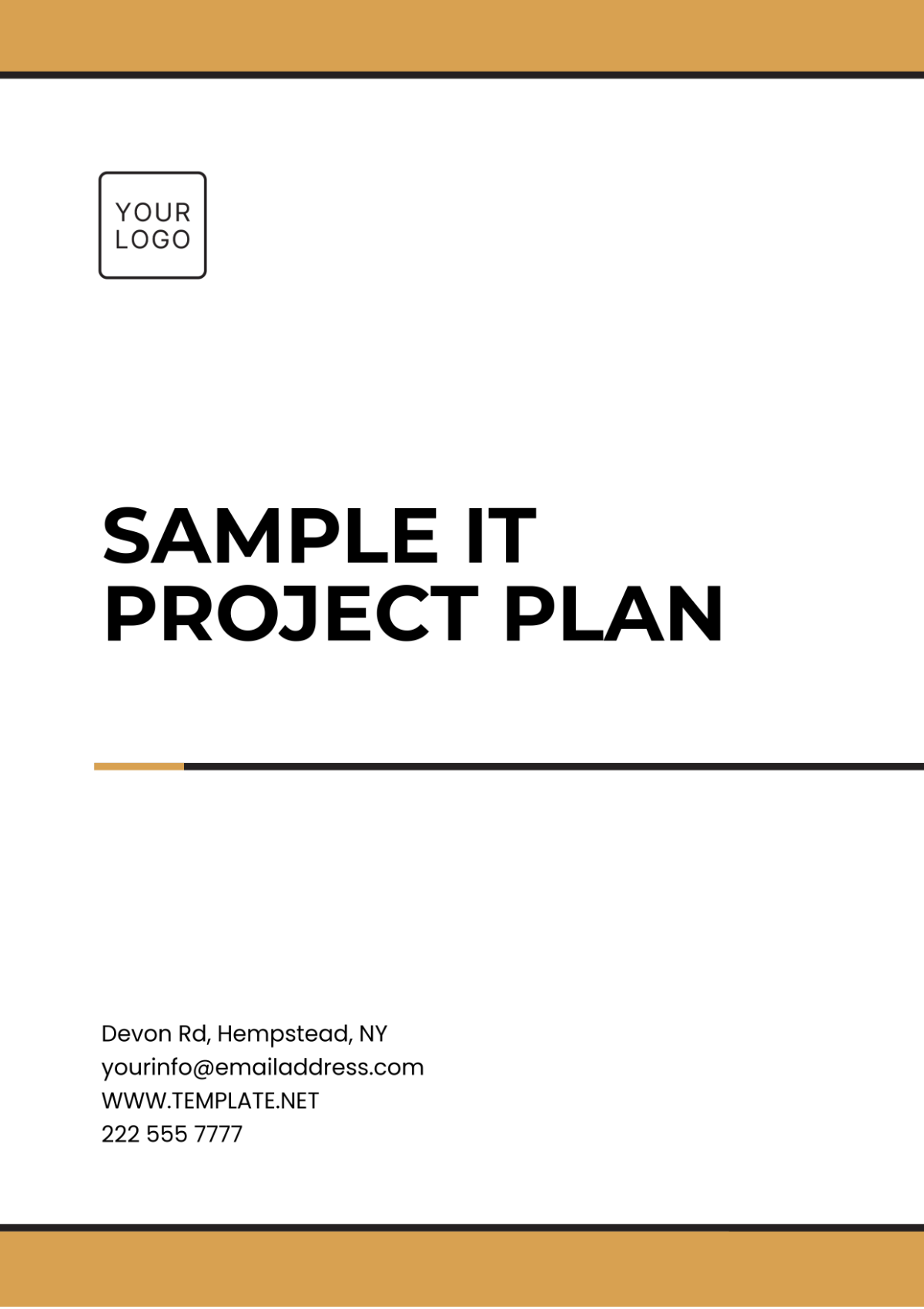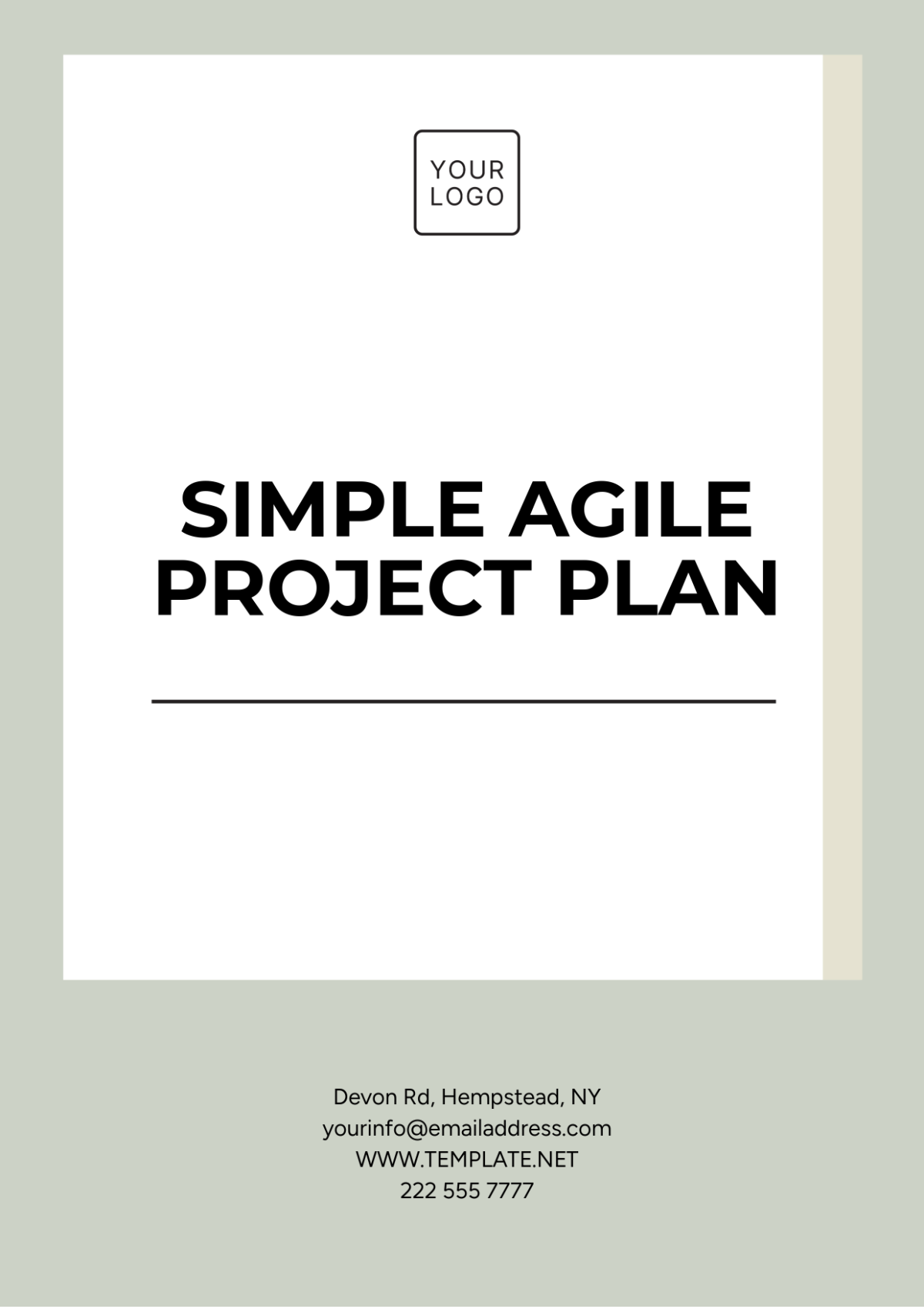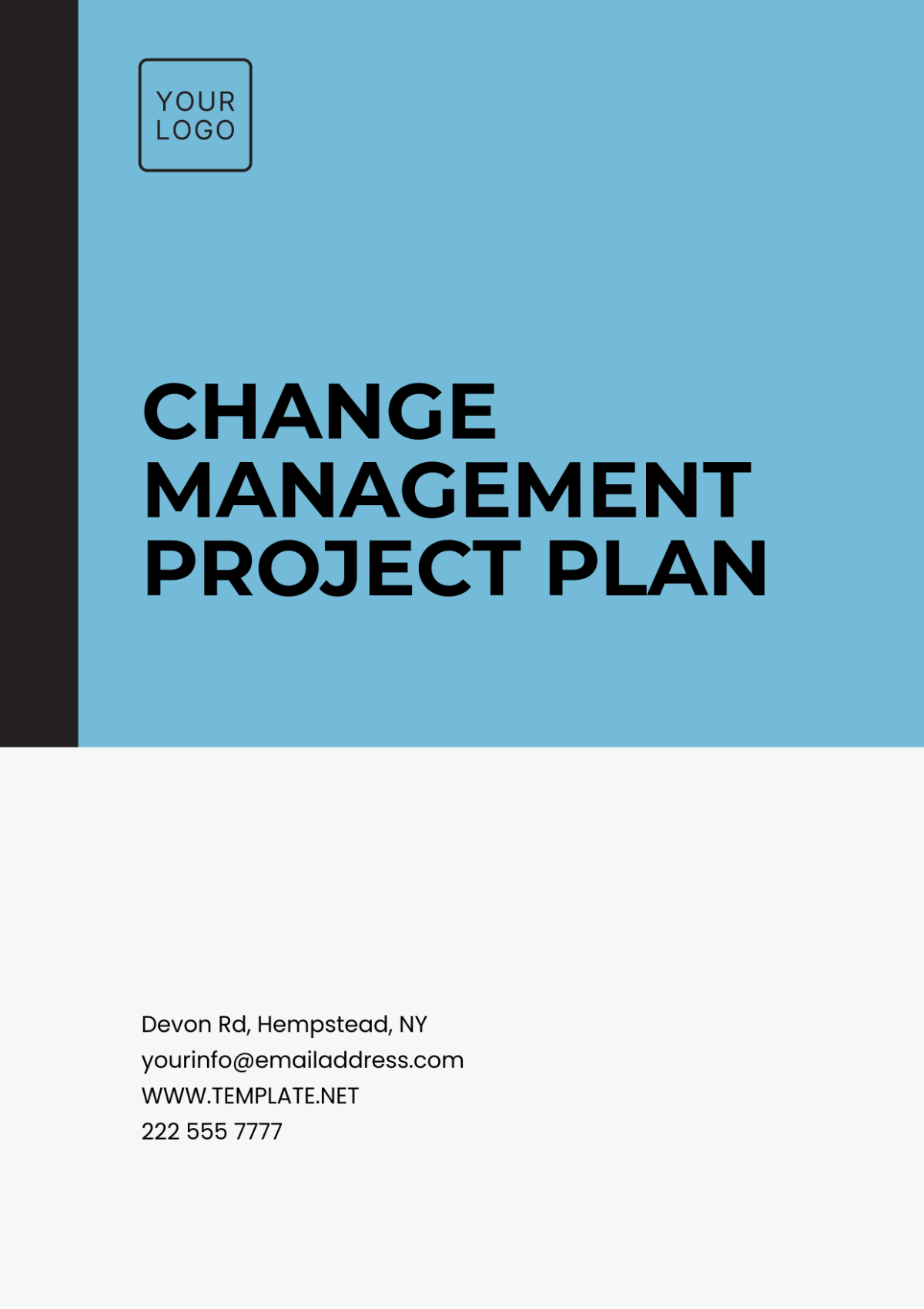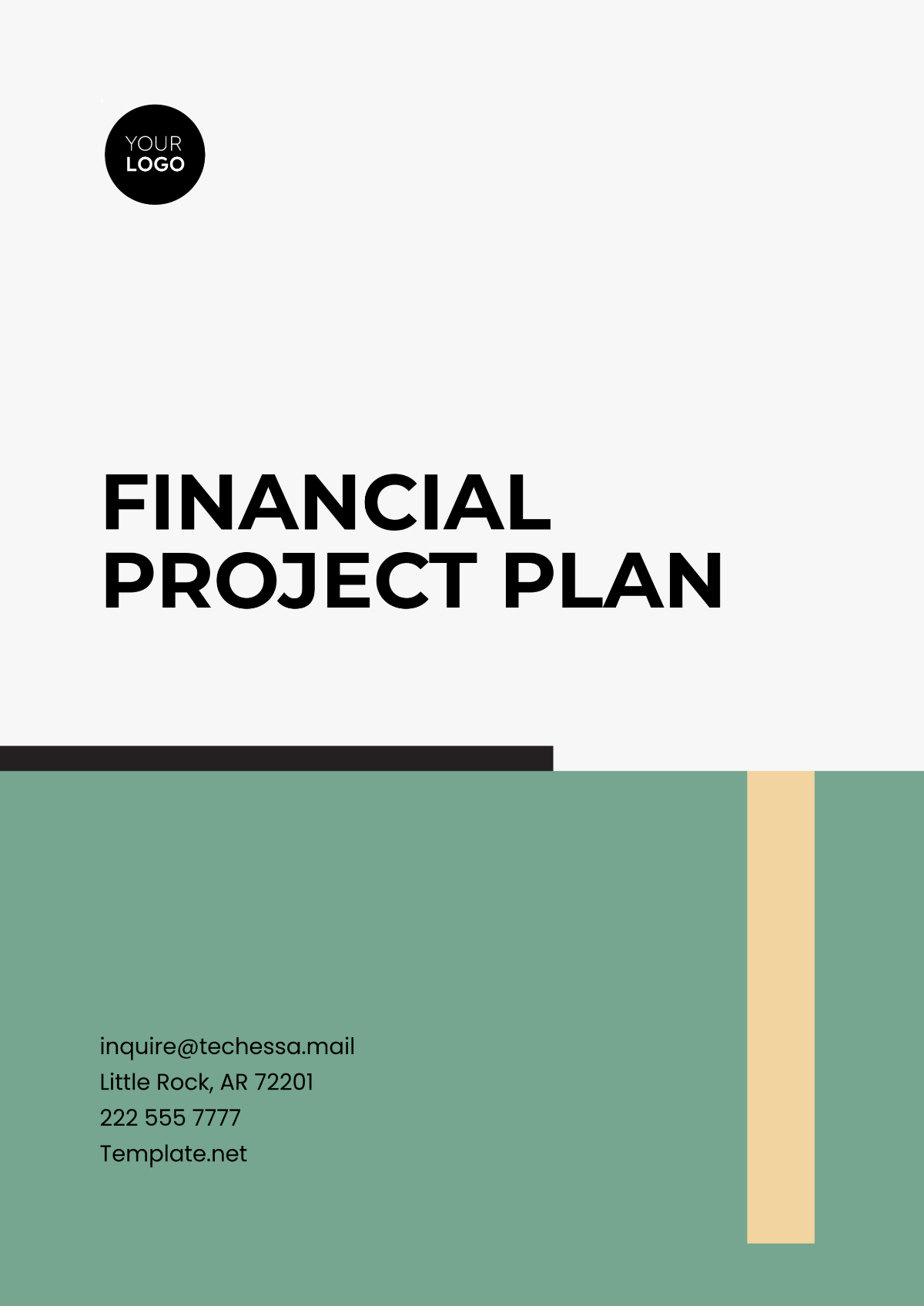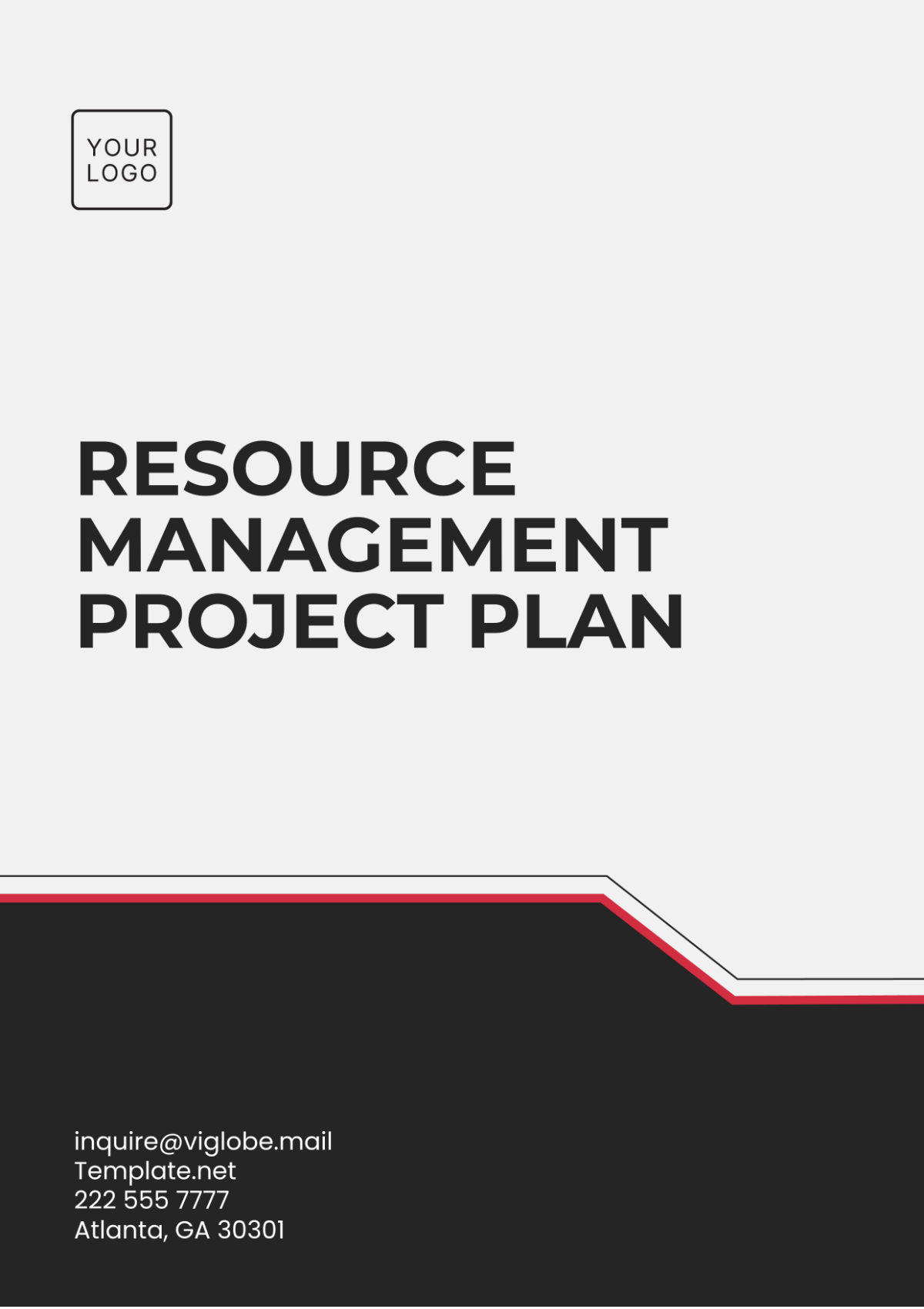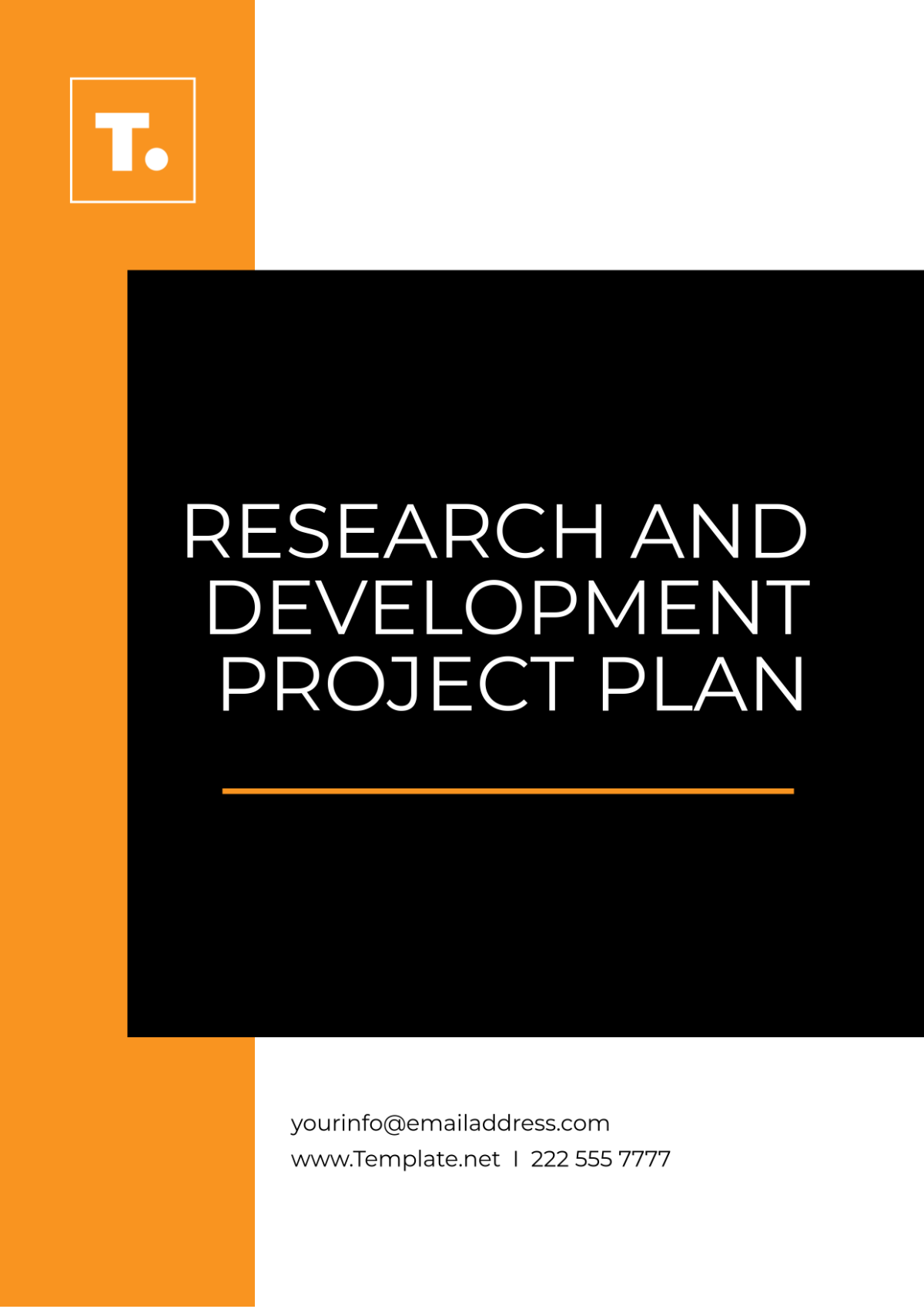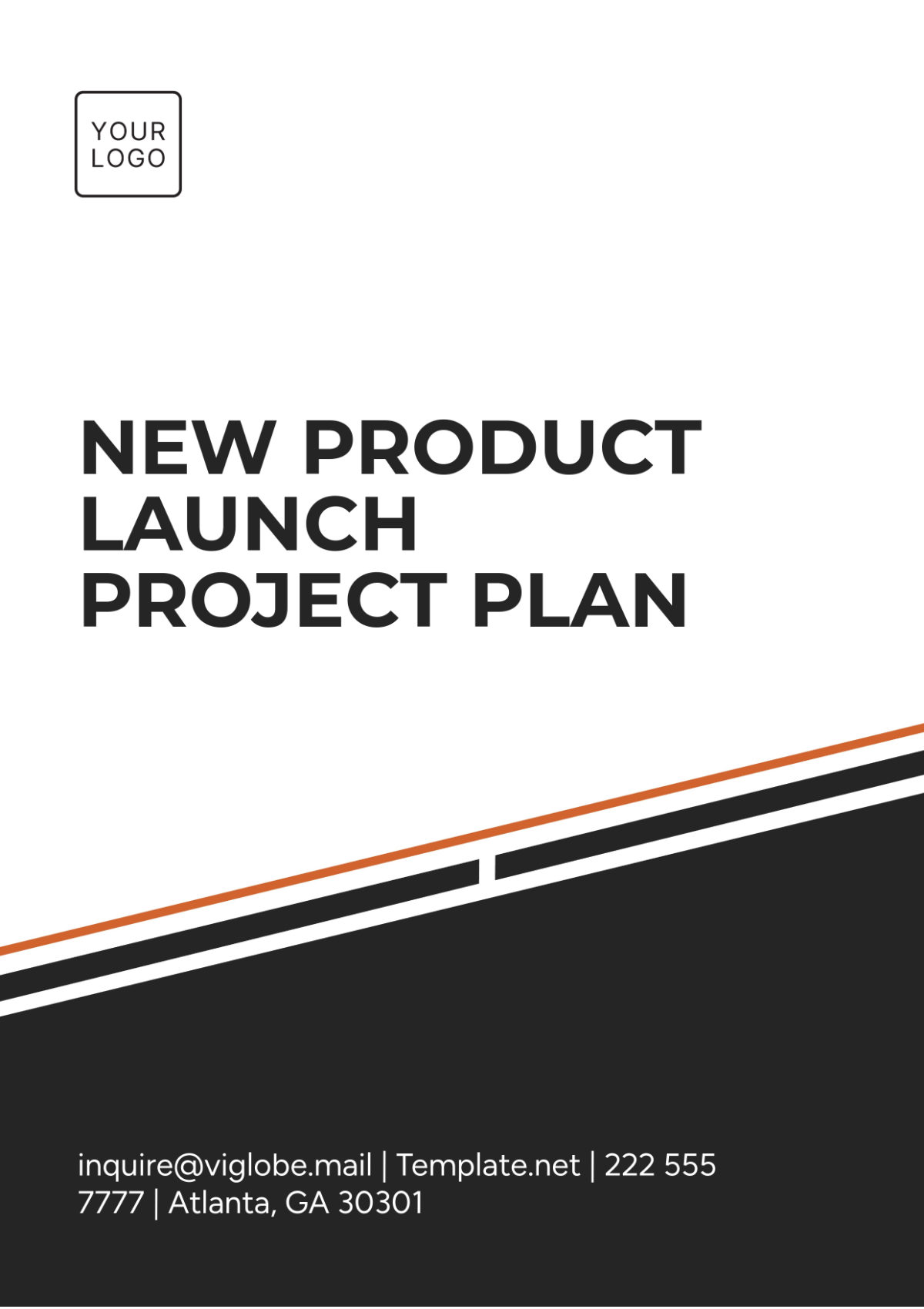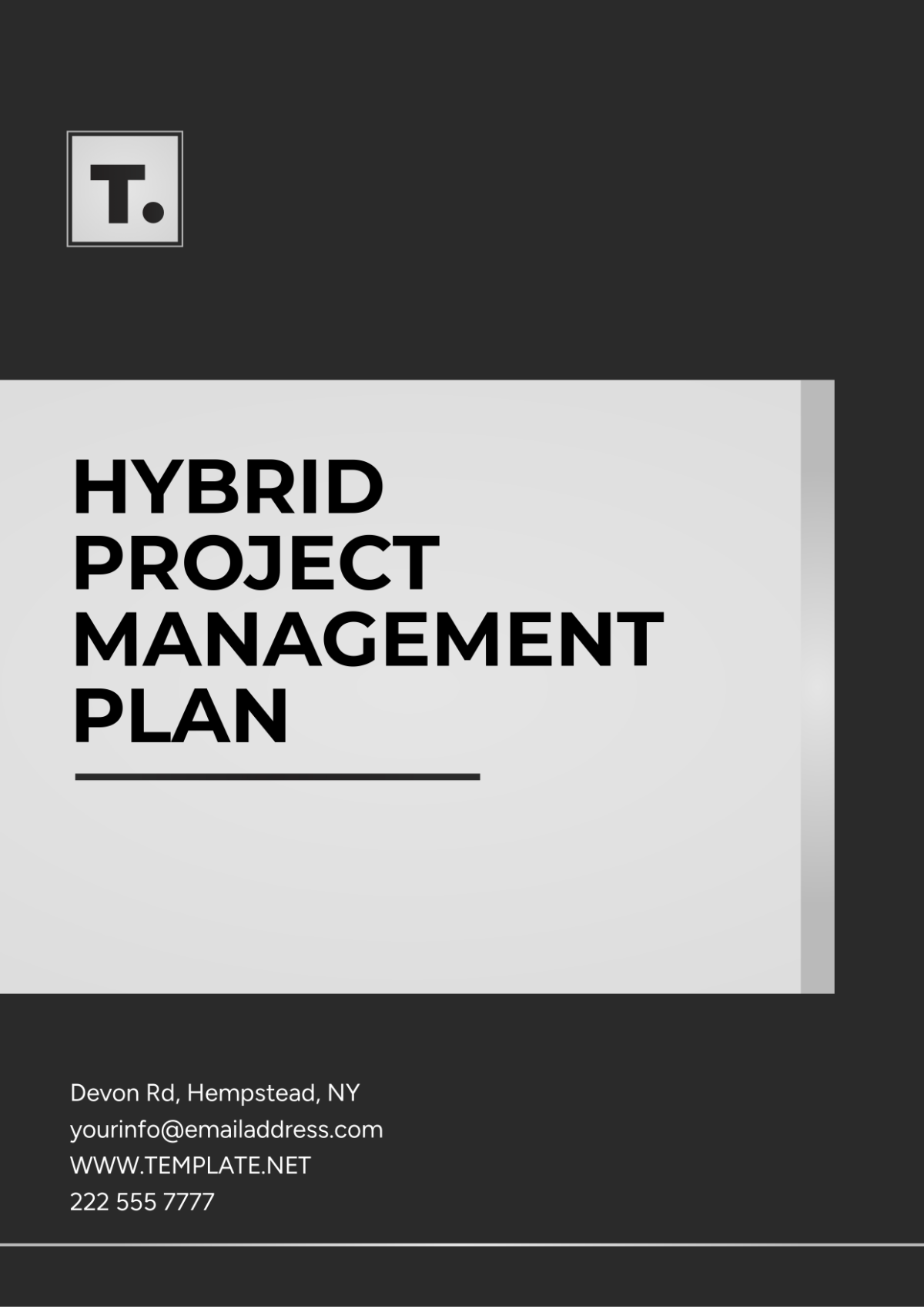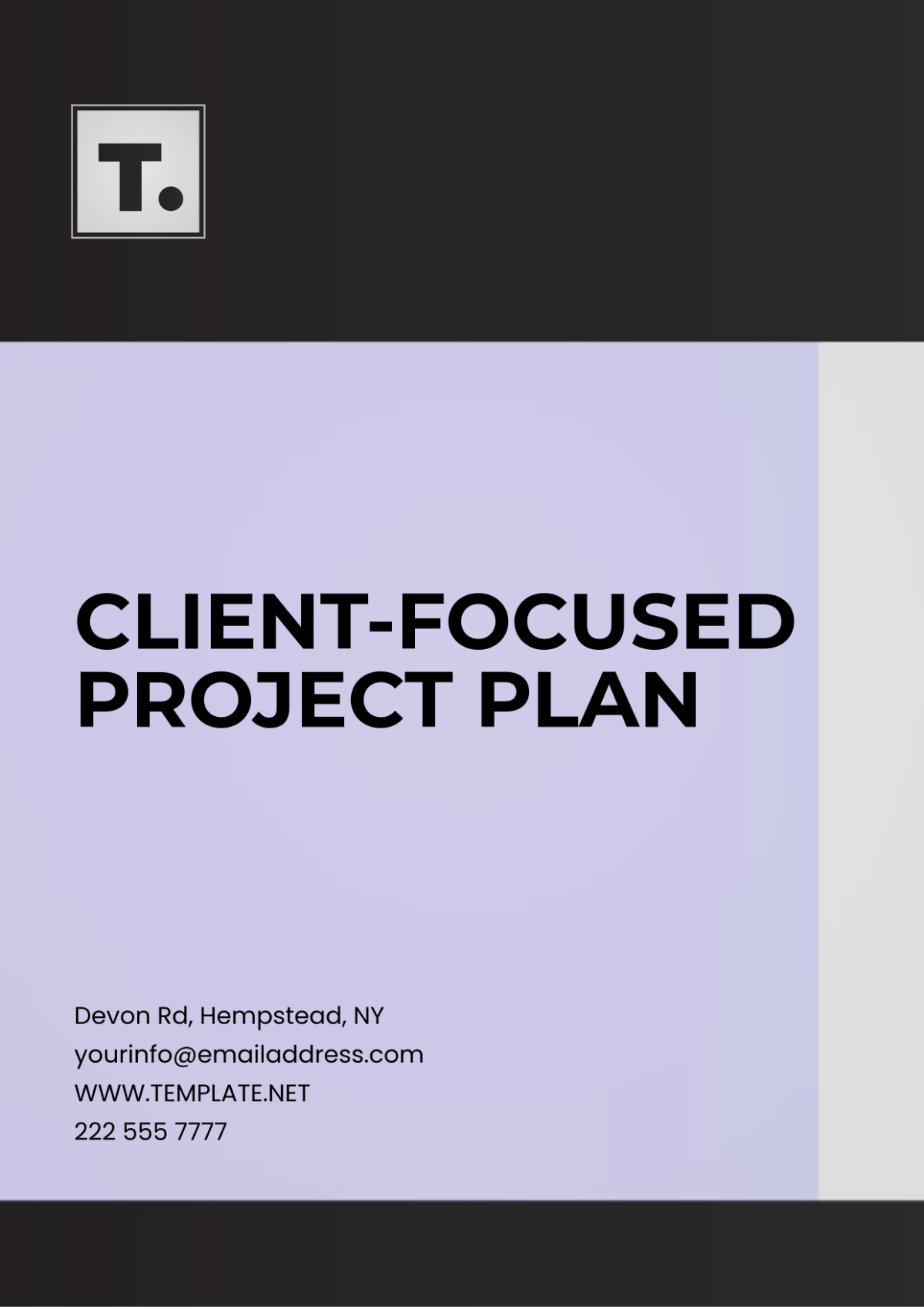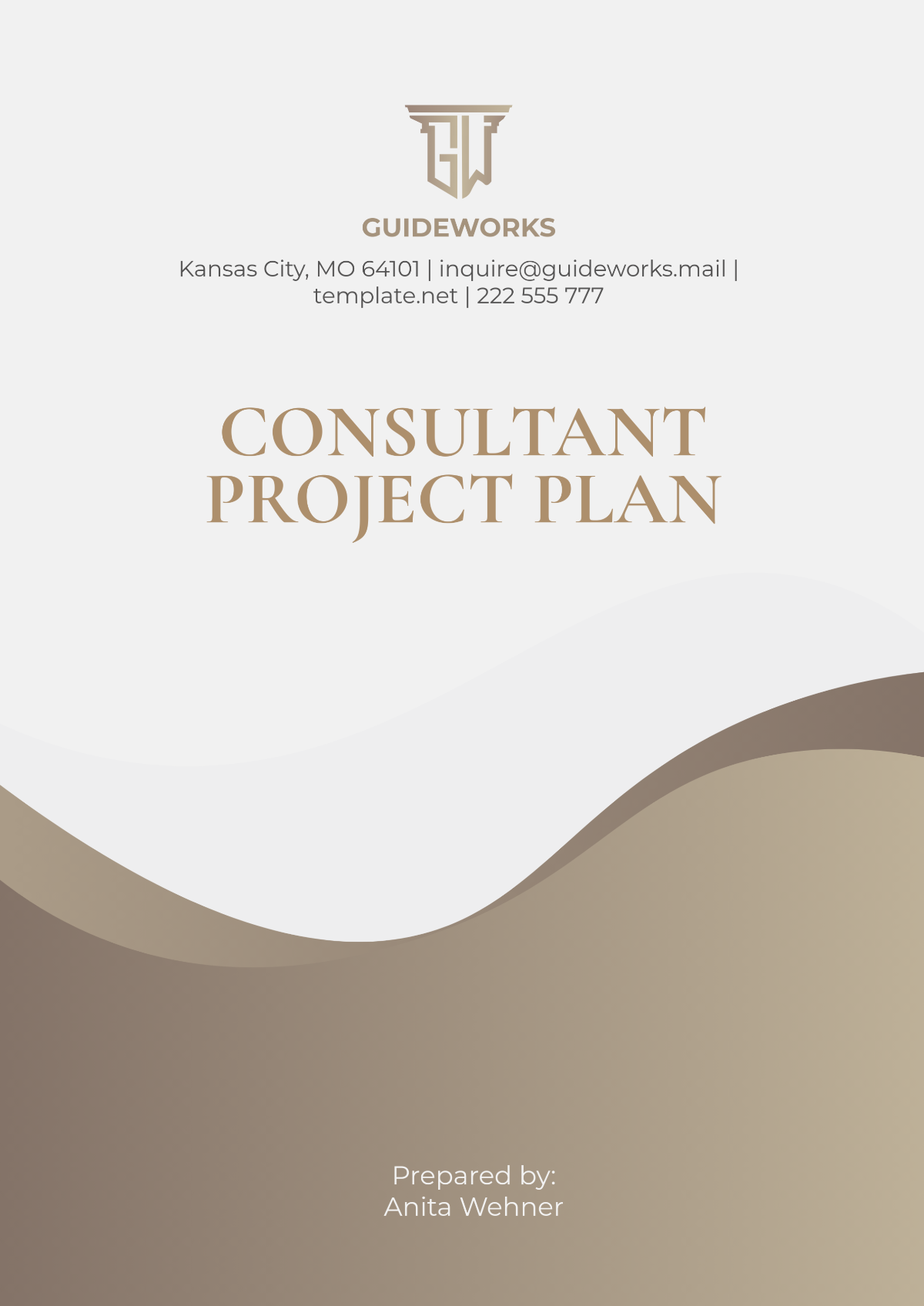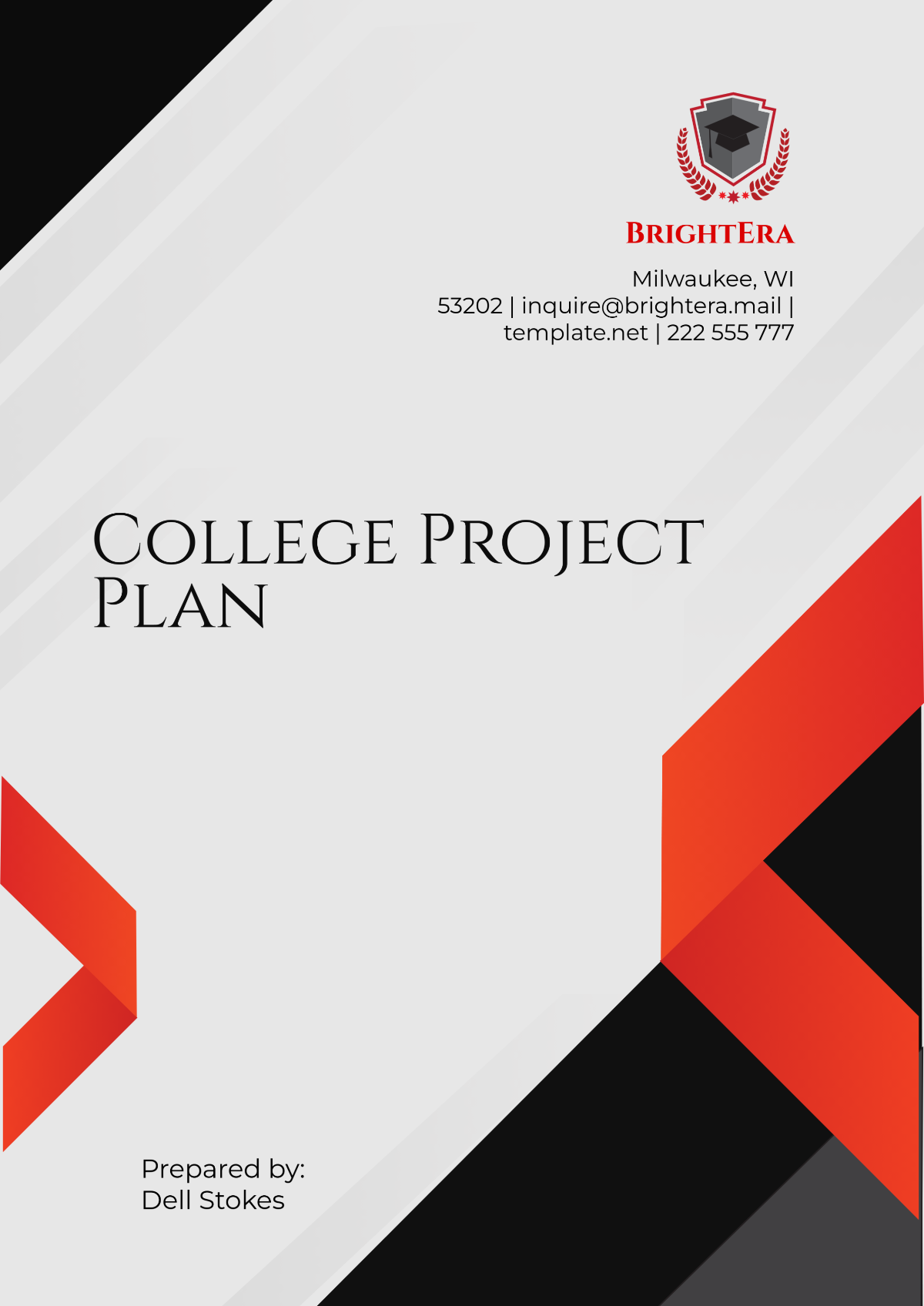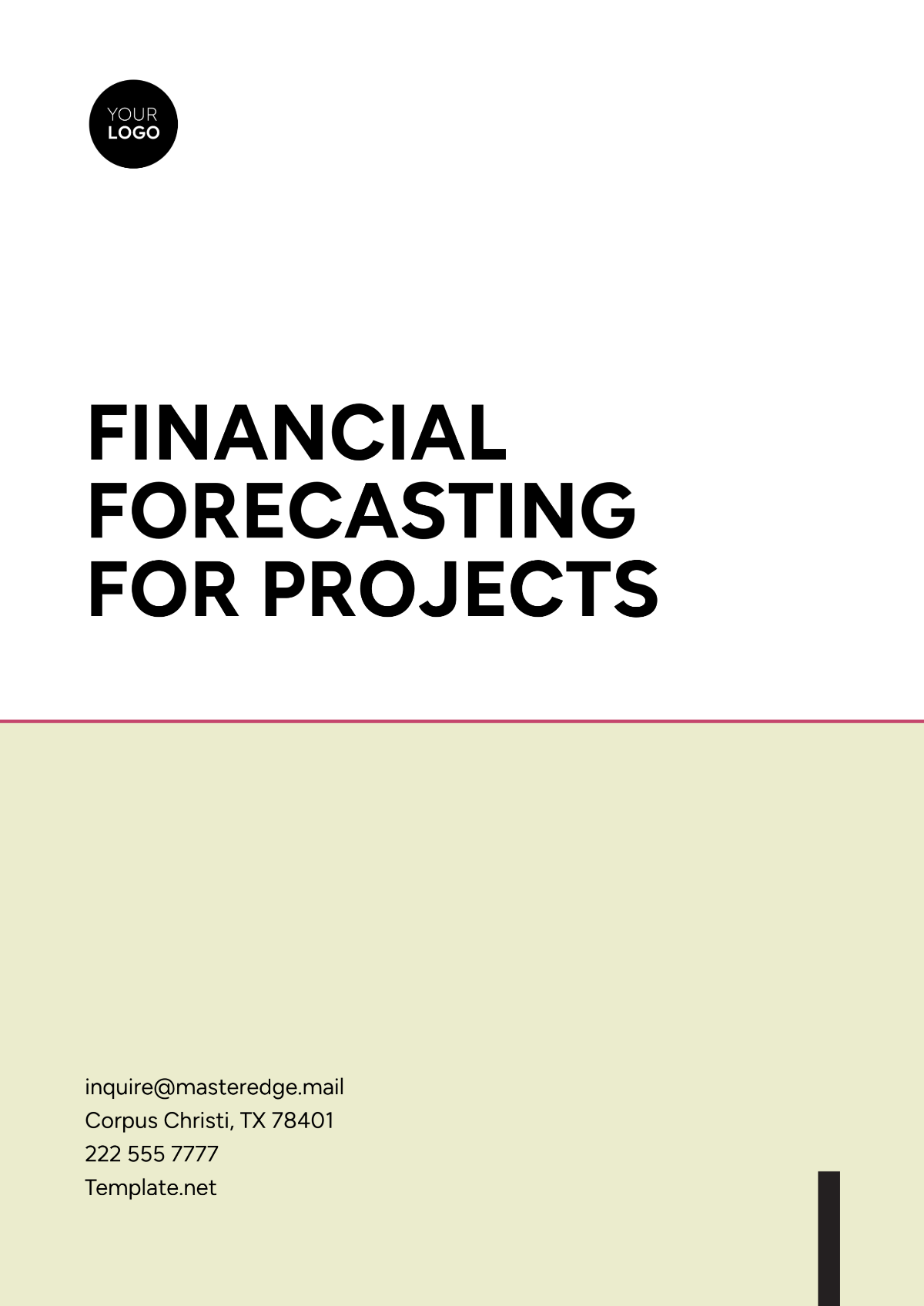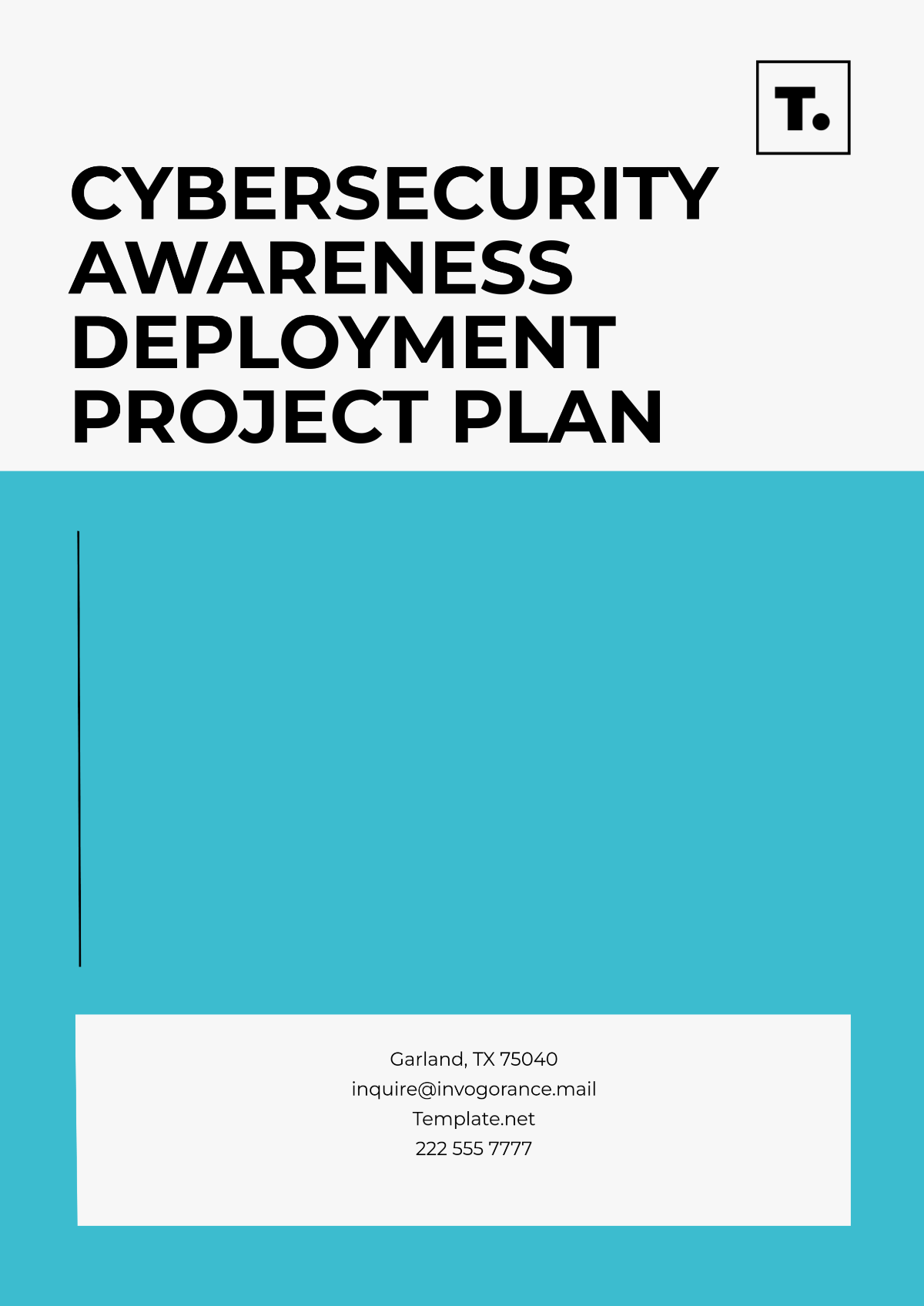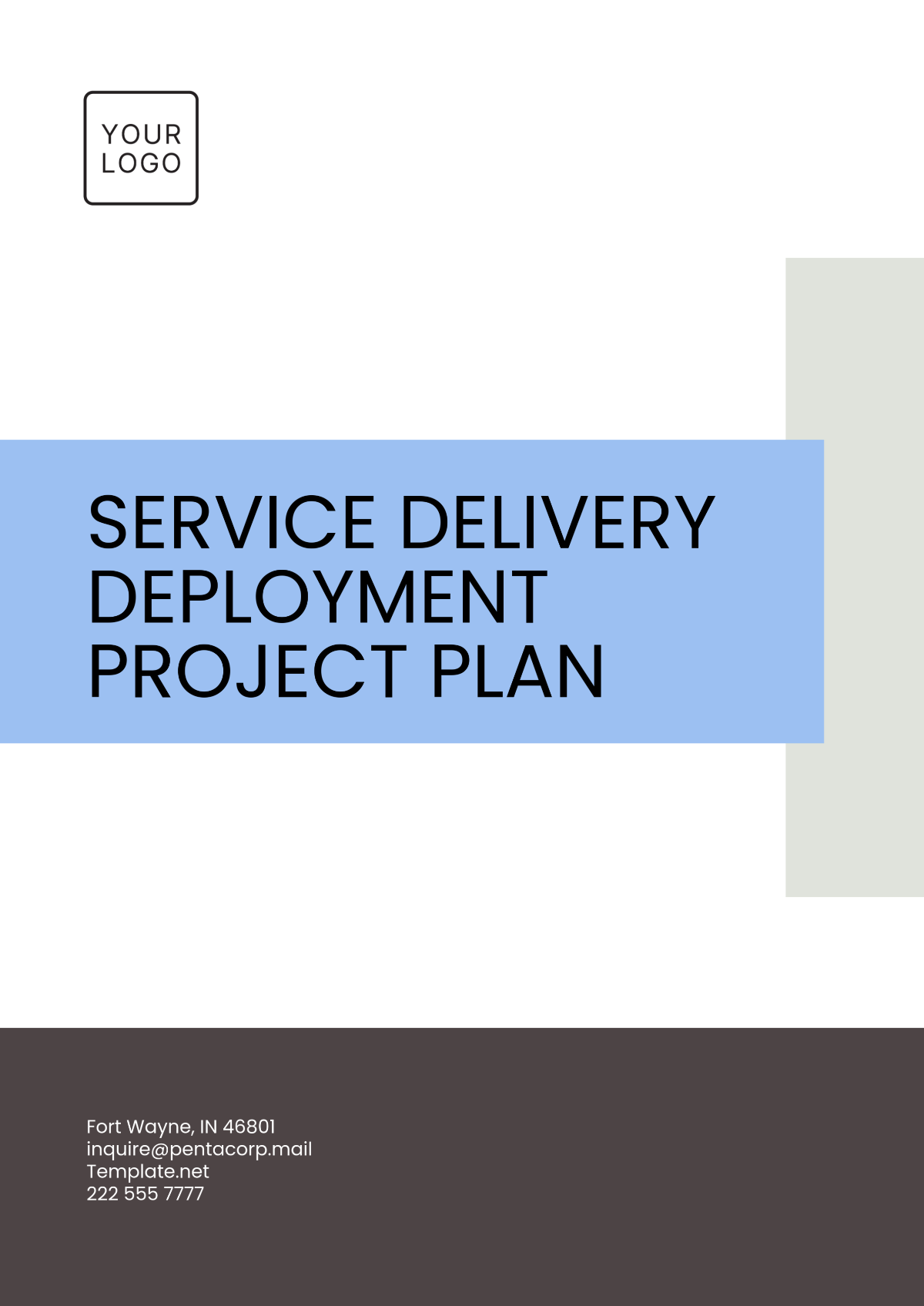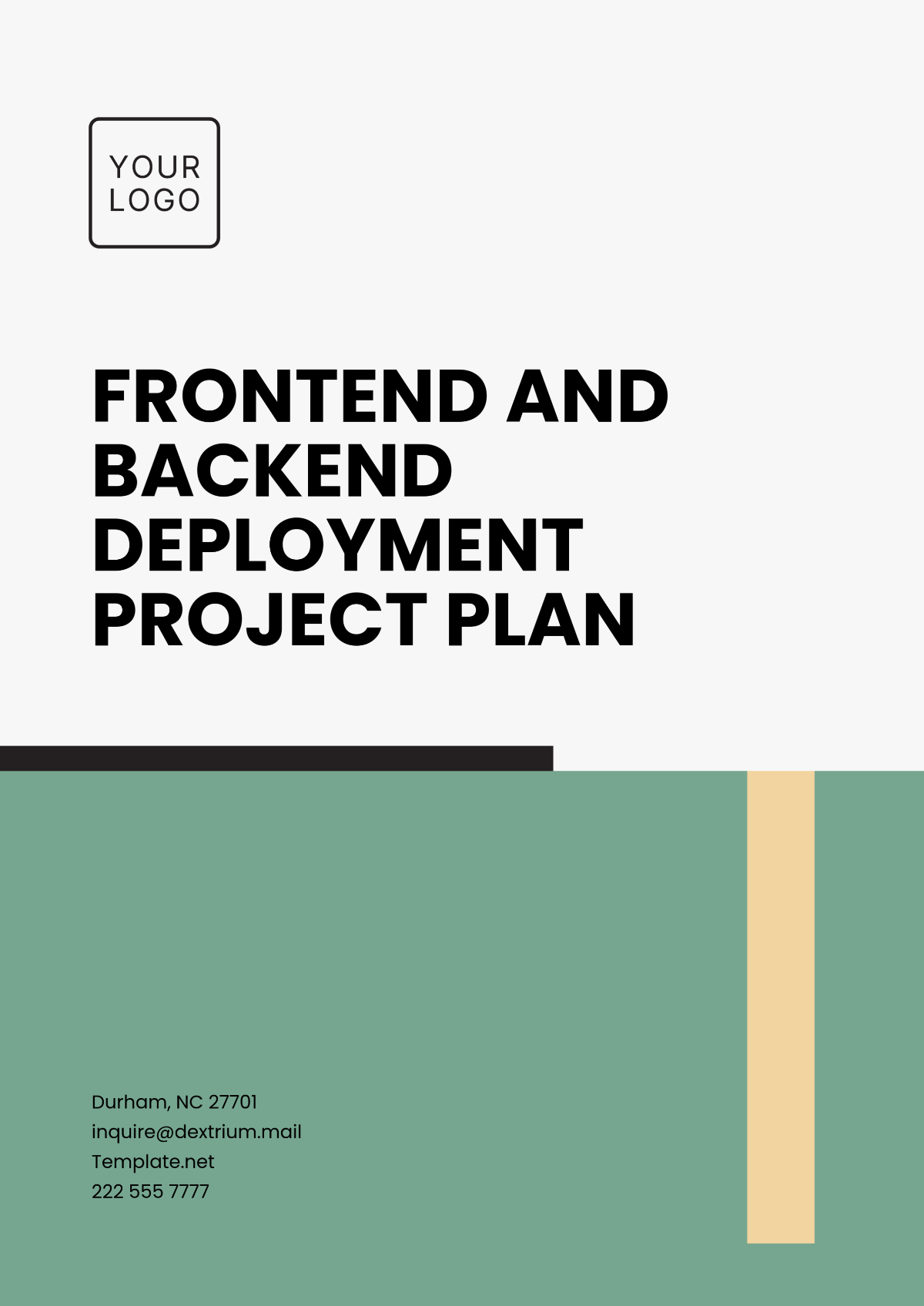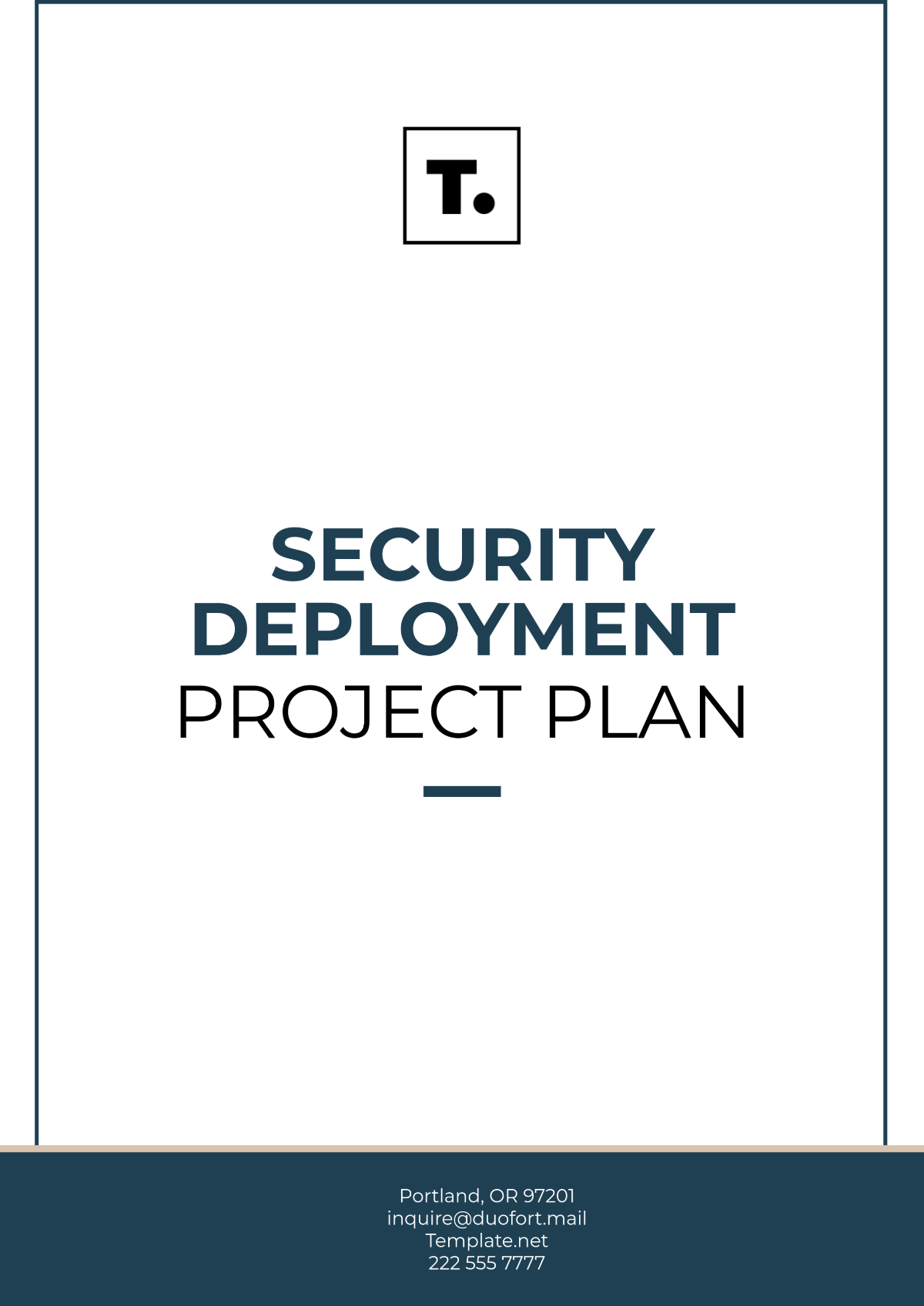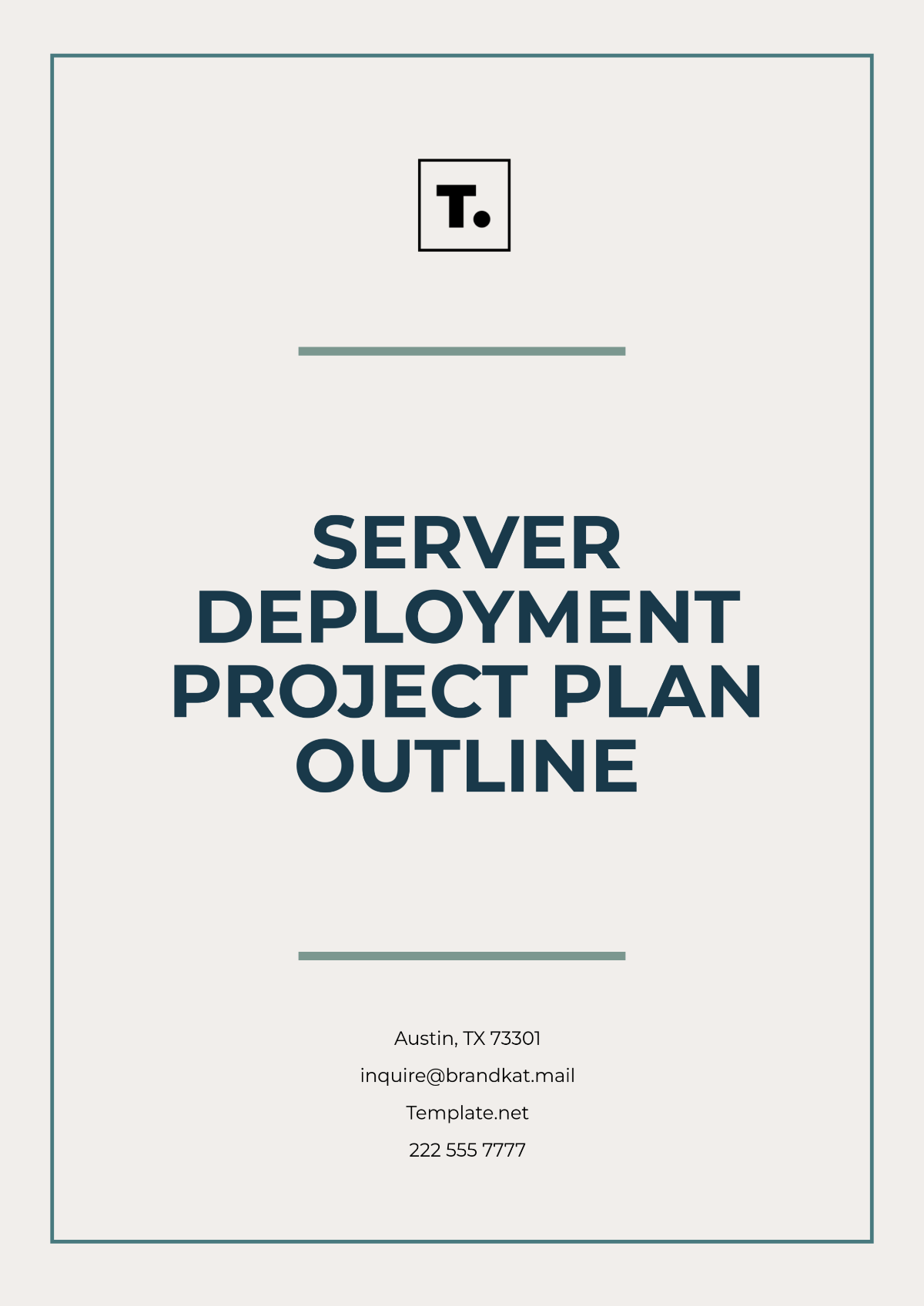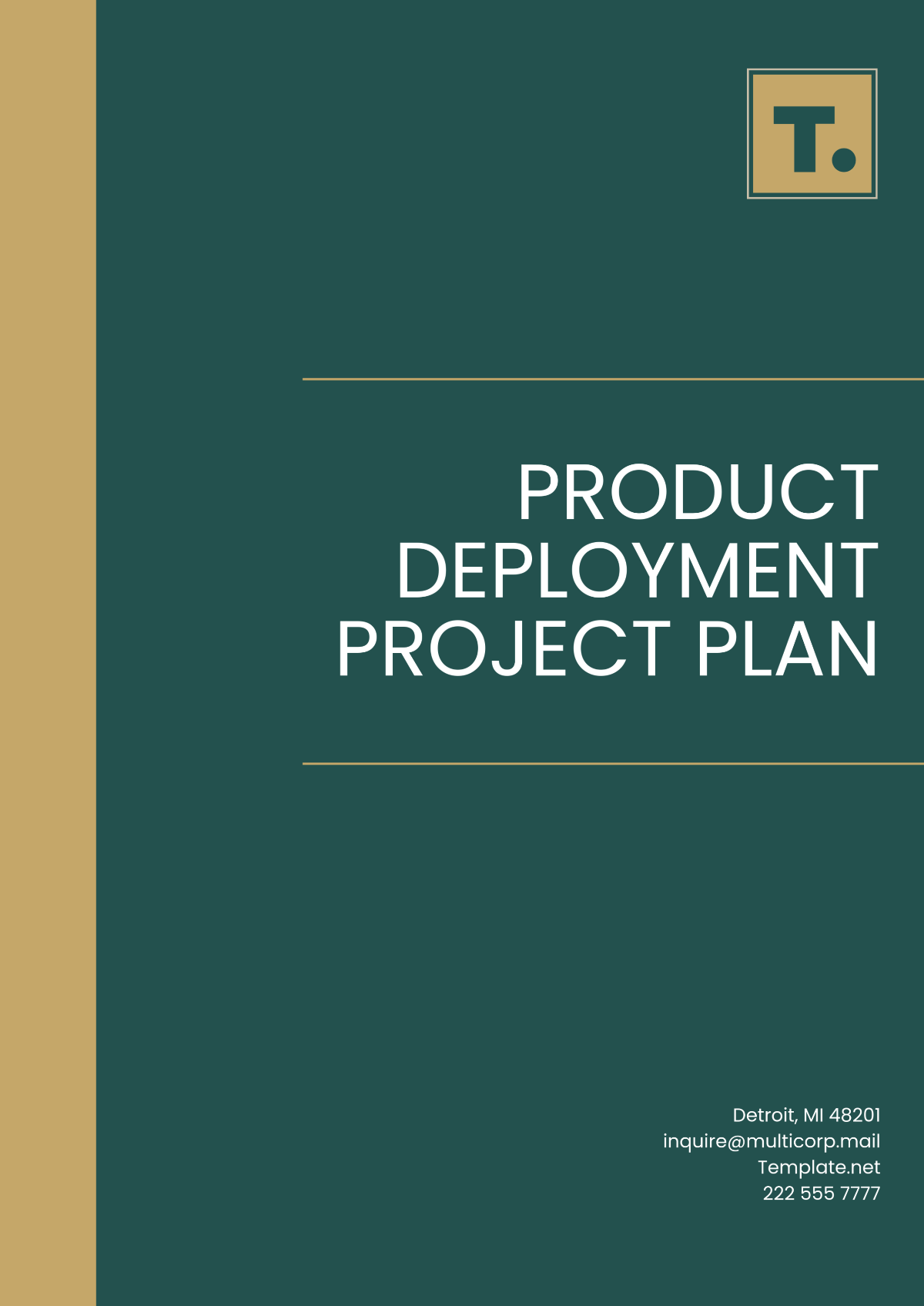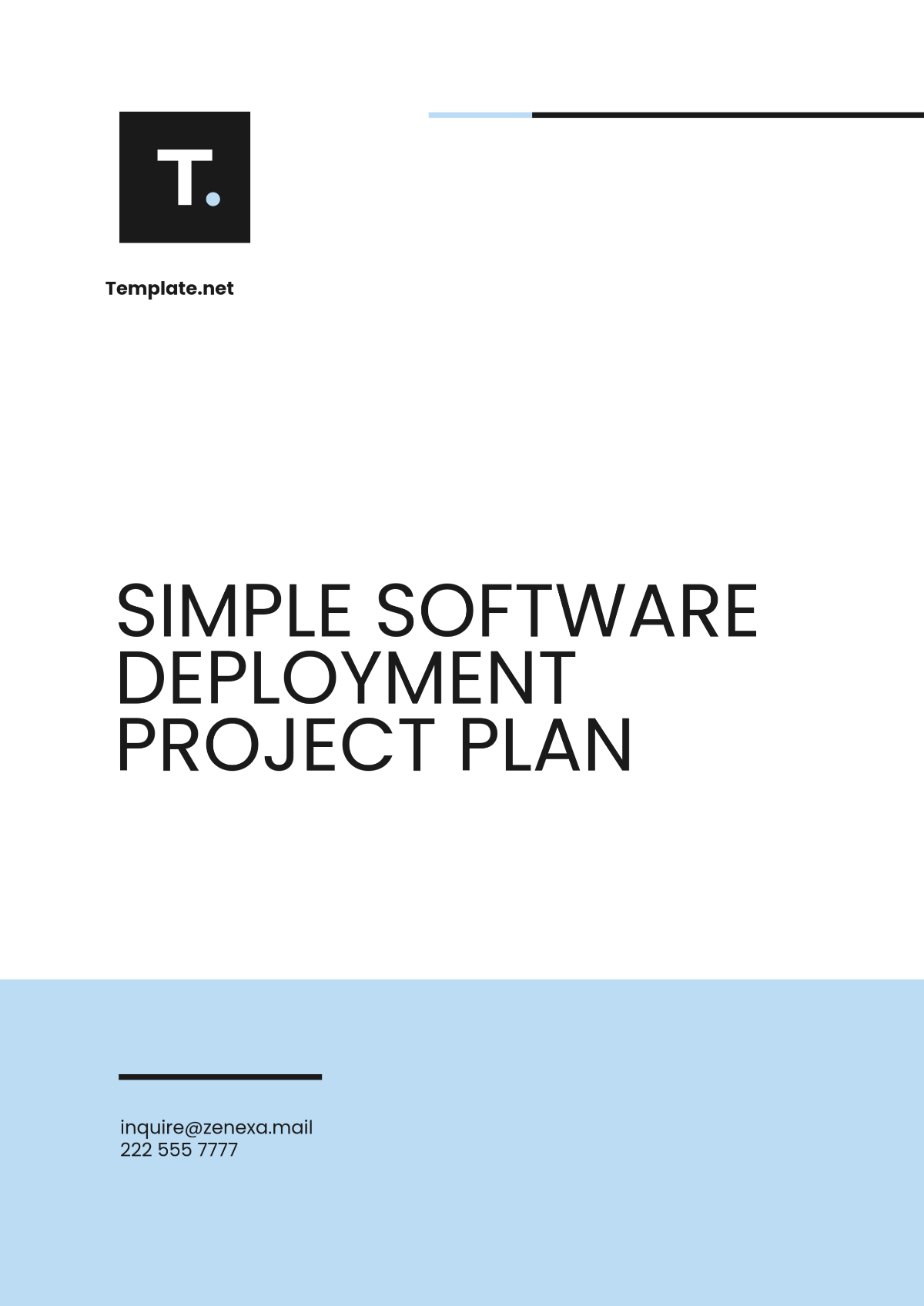Free Financial Forecasting for Projects Template
Financial Forecasting for Projects
I. Budget Planning and Management
Financial forecasting aids in creating realistic budgets by estimating project costs. Below is a summary of the projected versus actual costs.
Project Budget Overview:
Category | Estimated Cost | Actual Cost (Projected) | Variance |
|---|---|---|---|
Labor Costs | $500,000 | $480,000 | -$20,000 |
Materials | $300,000 | $310,000 | +$10,000 |
Equipment | $150,000 | $150,000 | $0 |
Miscellaneous Expenses | $50,000 | $45,000 | -$5,000 |
II. Cash Flow Management
Effective cash flow management ensures liquidity. Below is a forecast of cash inflows and outflows.
Projected Cash Flow:
Date | Cash Inflow | Cash Outflow | Net Cash Flow |
|---|---|---|---|
January 15, 2050 | $100,000 | $50,000 | $50,000 |
April 30, 2050 | $150,000 | $100,000 | $50,000 |
July 20, 2050 | $120,000 | $140,000 | -$20,000 |
III. Risk Management
Identifying financial risks early allows for mitigation. Below are the key risks.
Identified Financial Risks:
Risk Type | Impact | Likelihood | Mitigation |
|---|---|---|---|
Cost Overrun | $50,000 | Medium | Adjust scope if needed |
Supplier Delays | $30,000 | High | Find alternative suppliers |
Regulatory Changes | $20,000 | Low | Monitor regulations |
IV. Investment and Funding Decisions
Forecasting informs funding decisions by evaluating project viability and projected returns.
Funding Overview:
Source | Amount Requested | Approval Status |
|---|---|---|
Bank Loan | $200,000 | Approved |
Investor Funding | $150,000 | Pending Approval |
Financial forecasting ensures the project remains on track by managing costs, cash flow, risks, and funding.
For more information, contact [YOUR NAME] at [YOUR EMAIL], or visit [YOUR COMPANY WEBSITE]. Call [YOUR COMPANY NUMBER] or visit [YOUR COMPANY ADDRESS].
